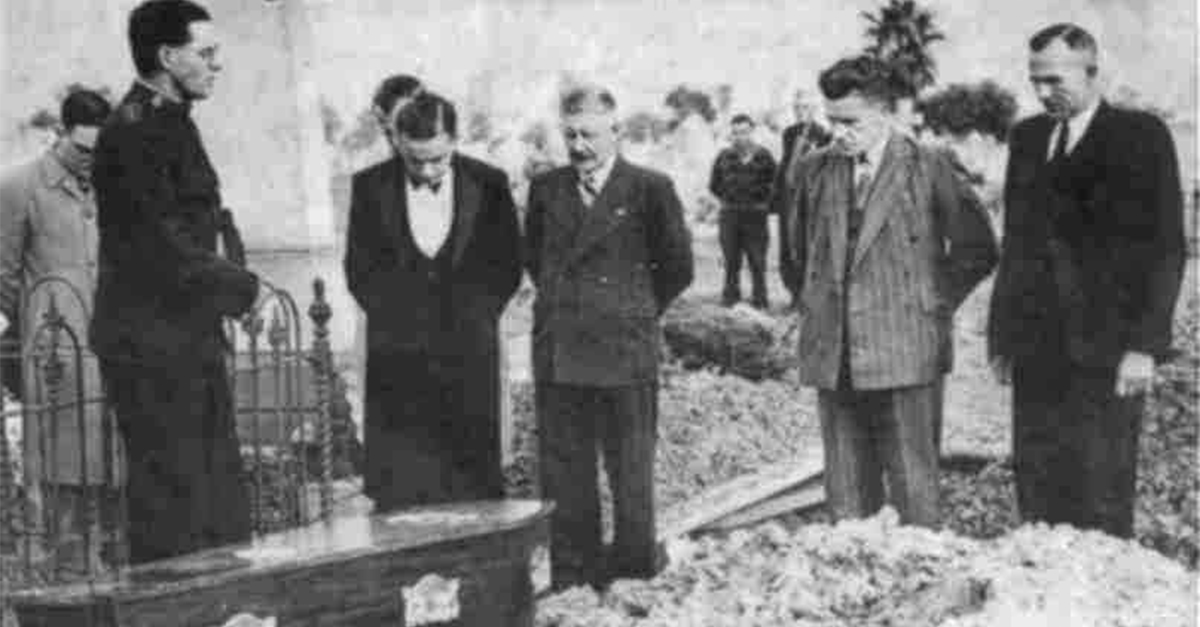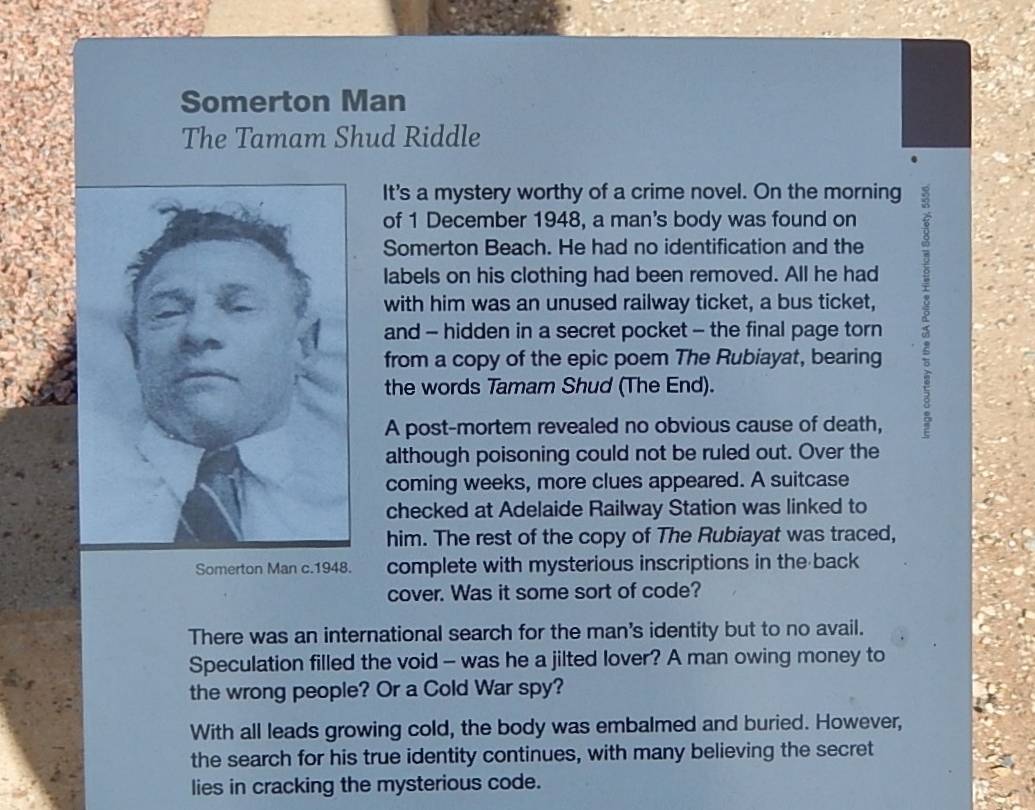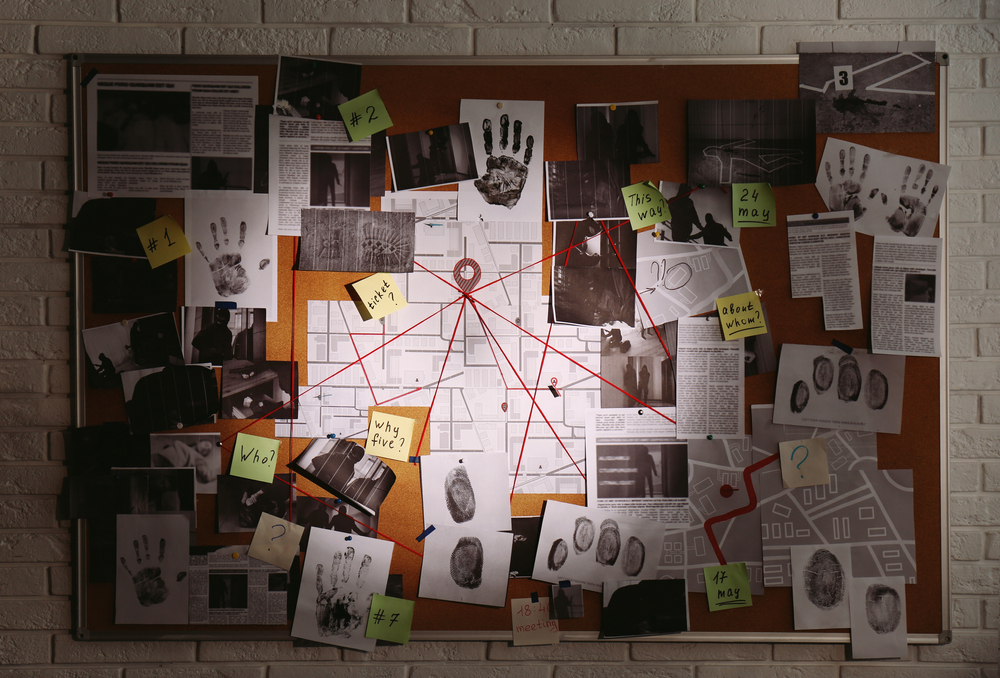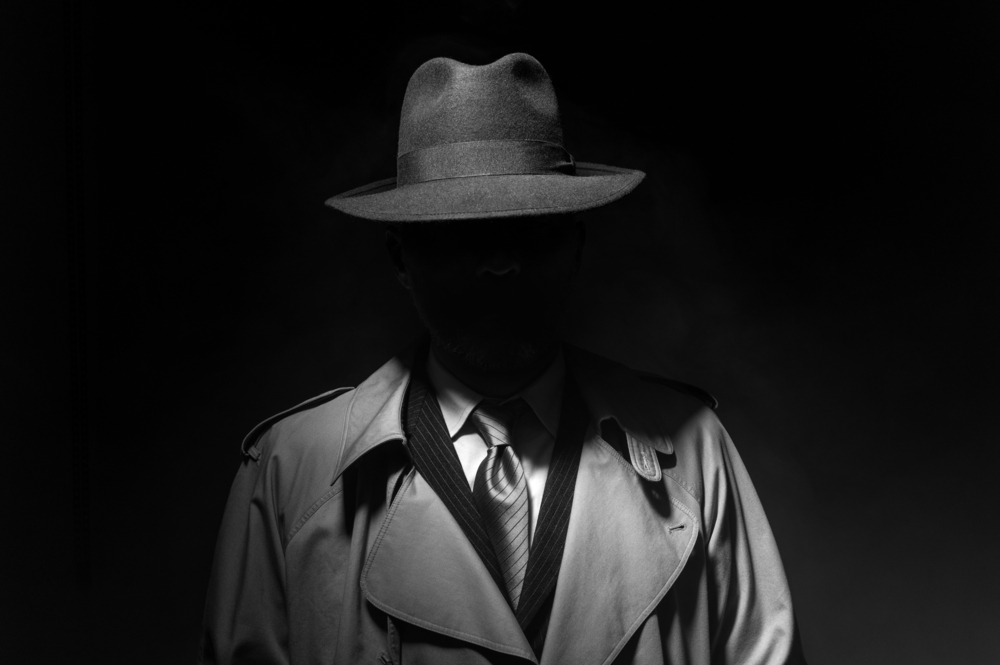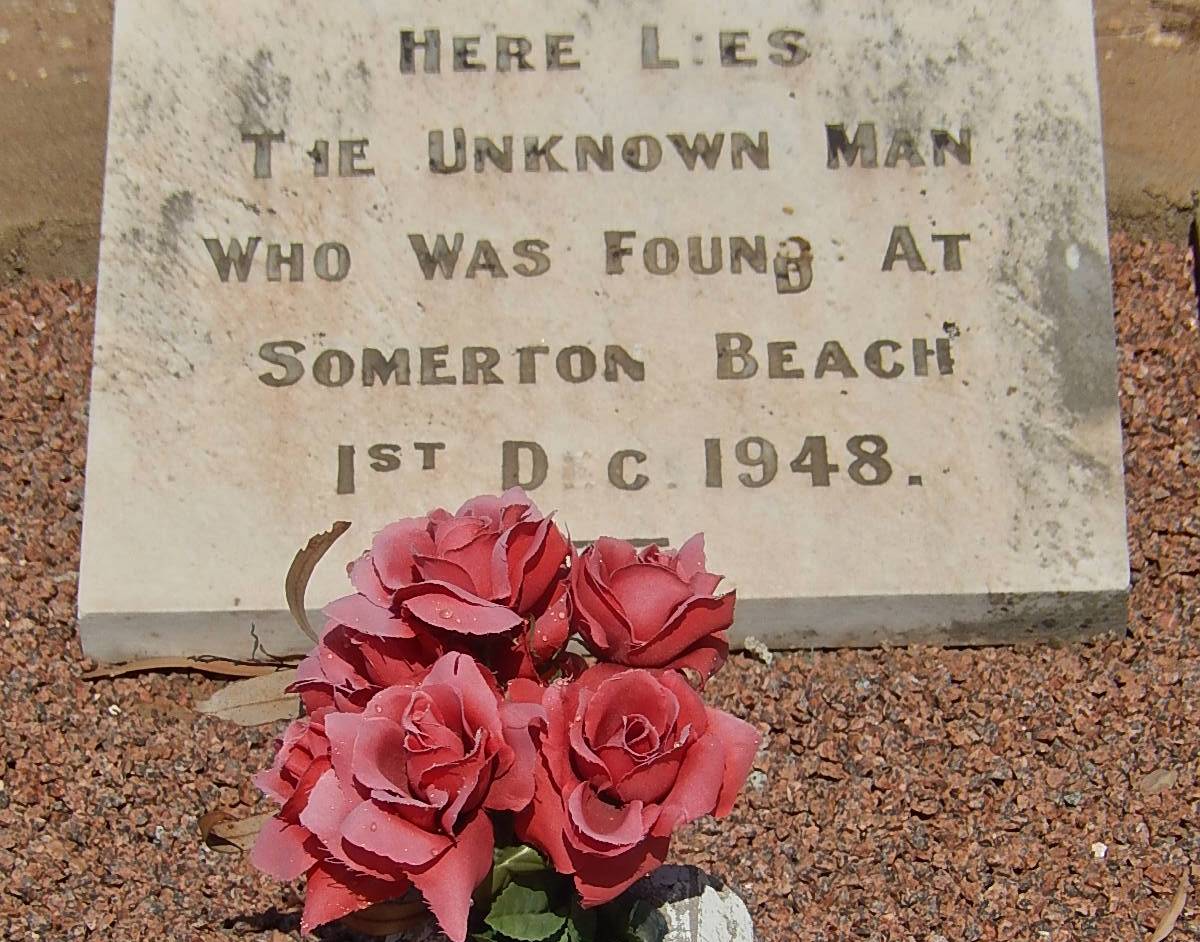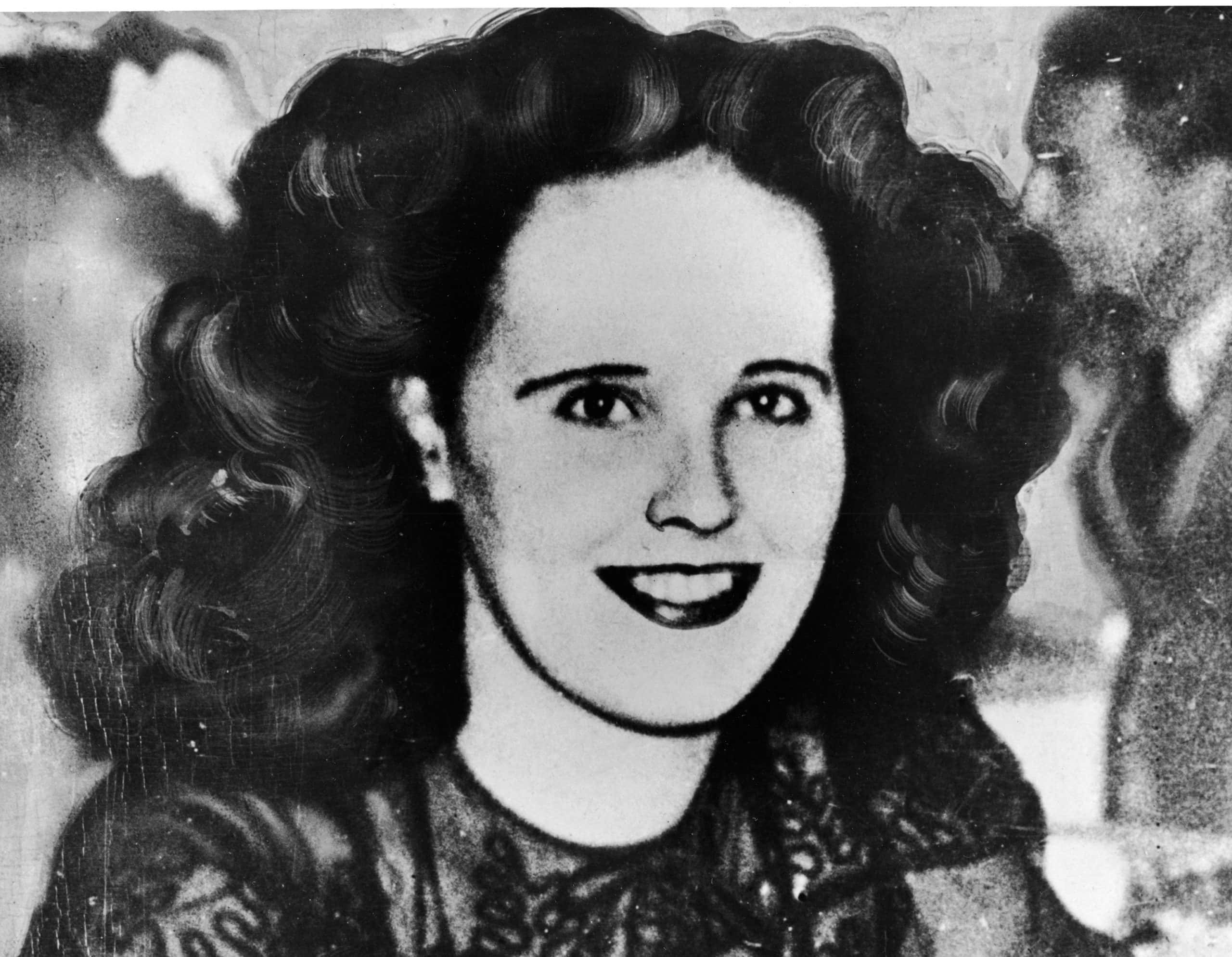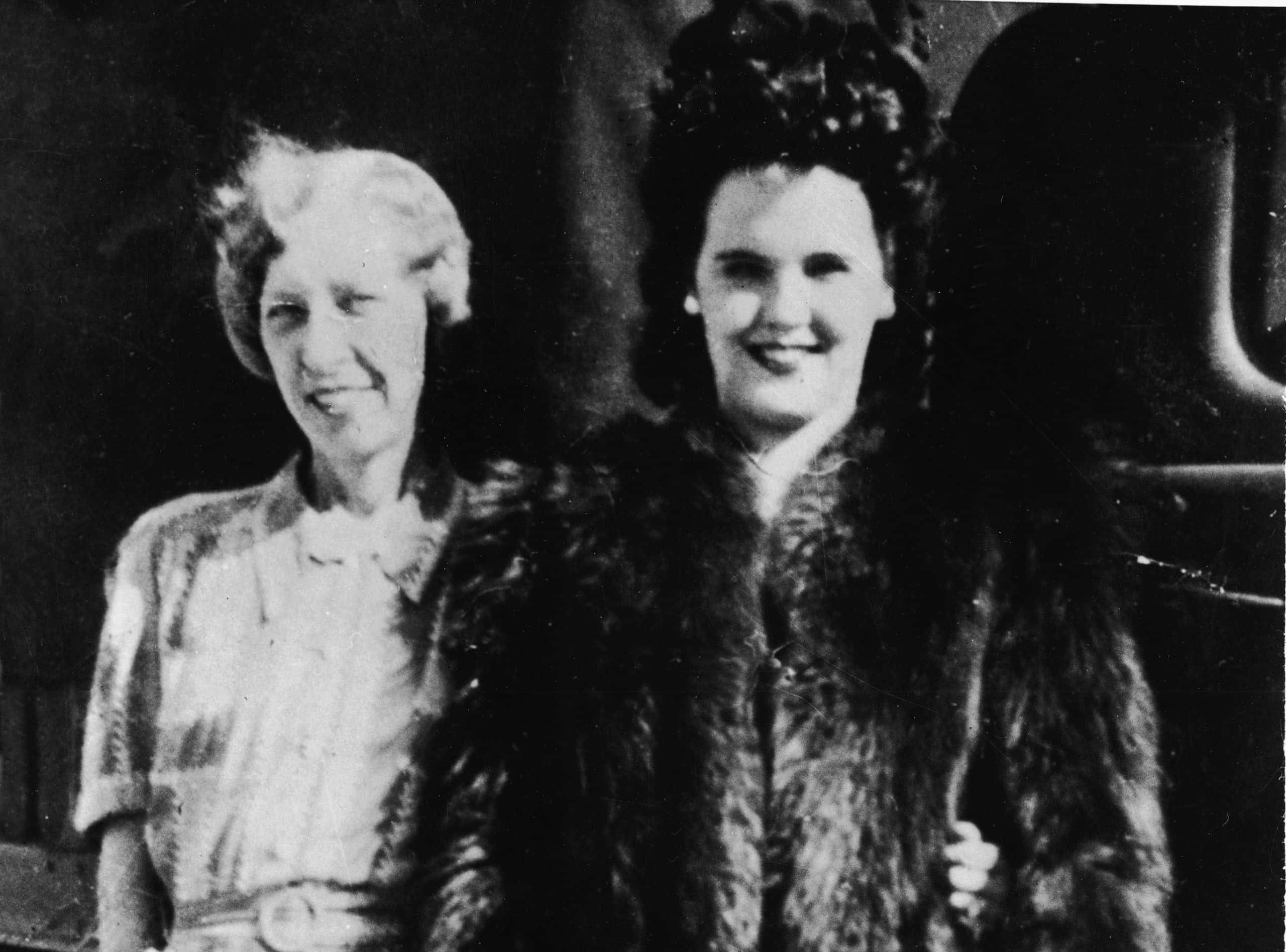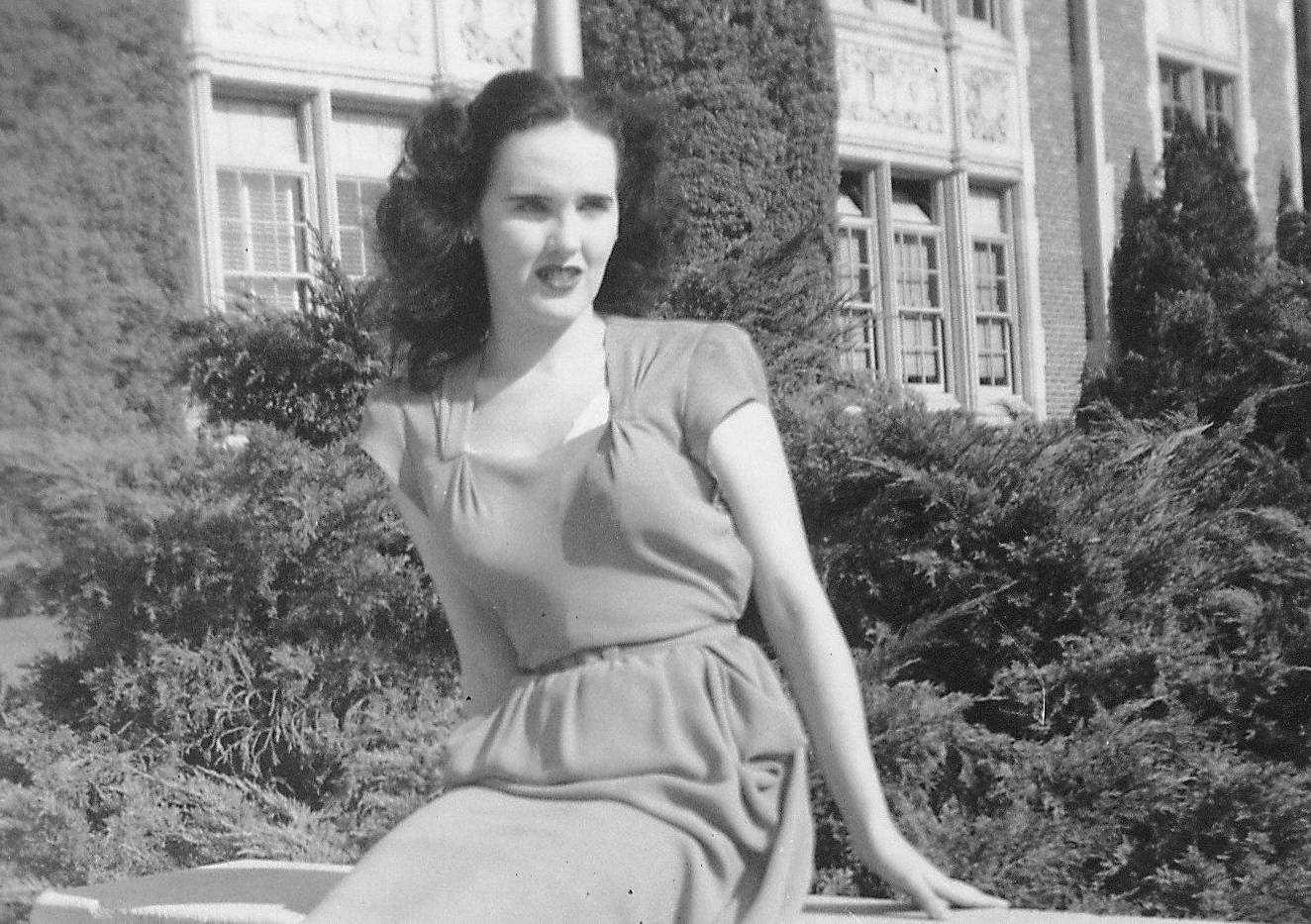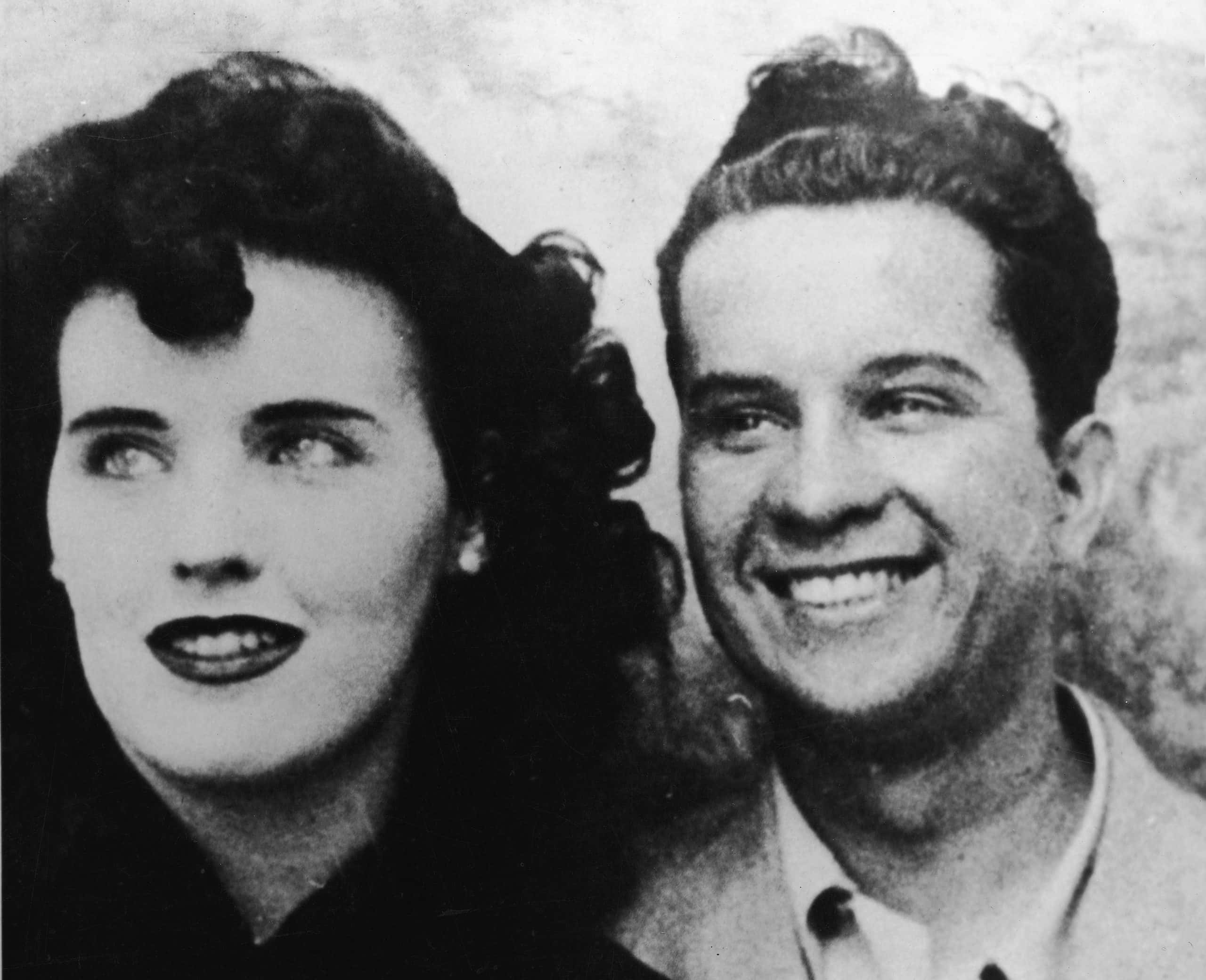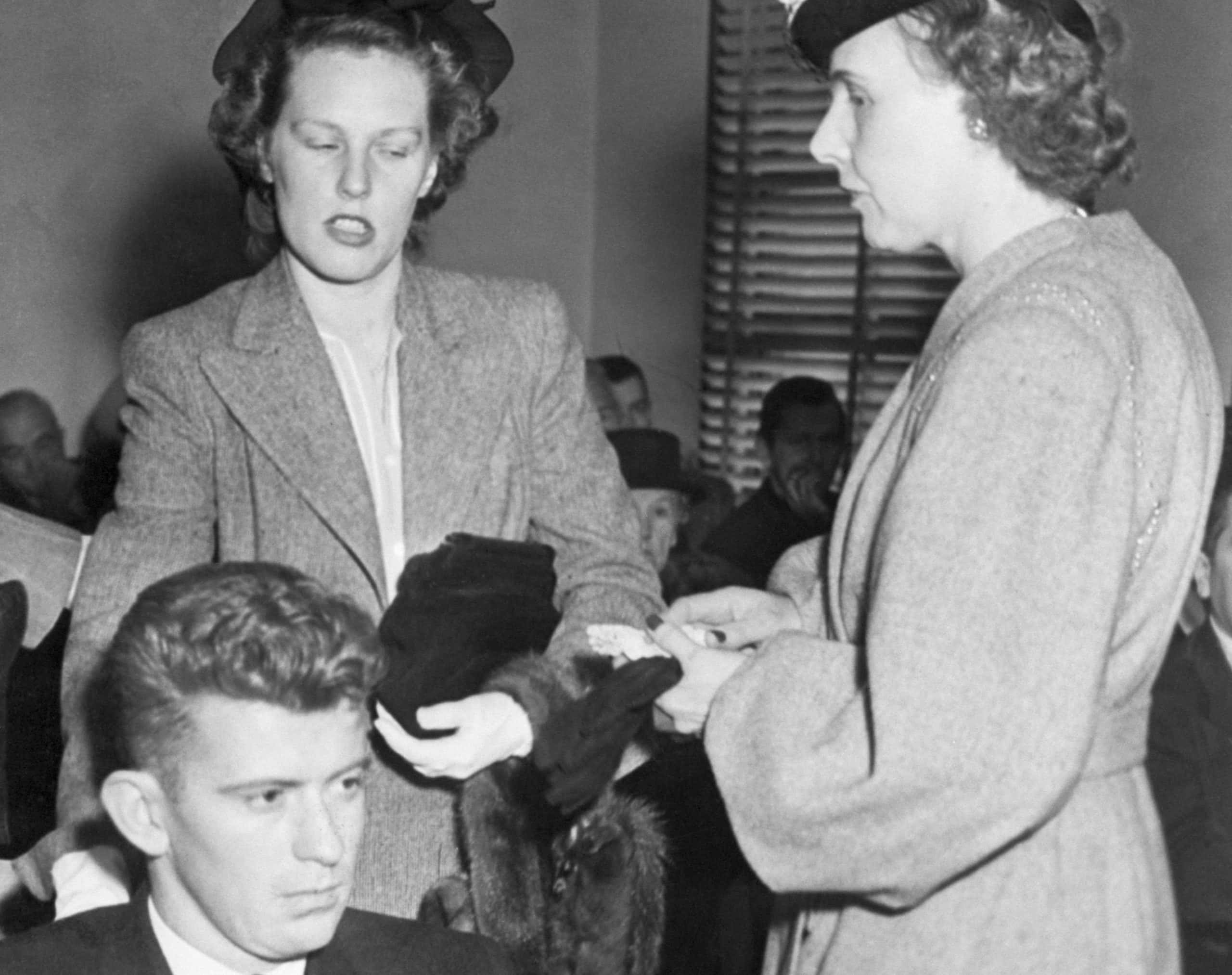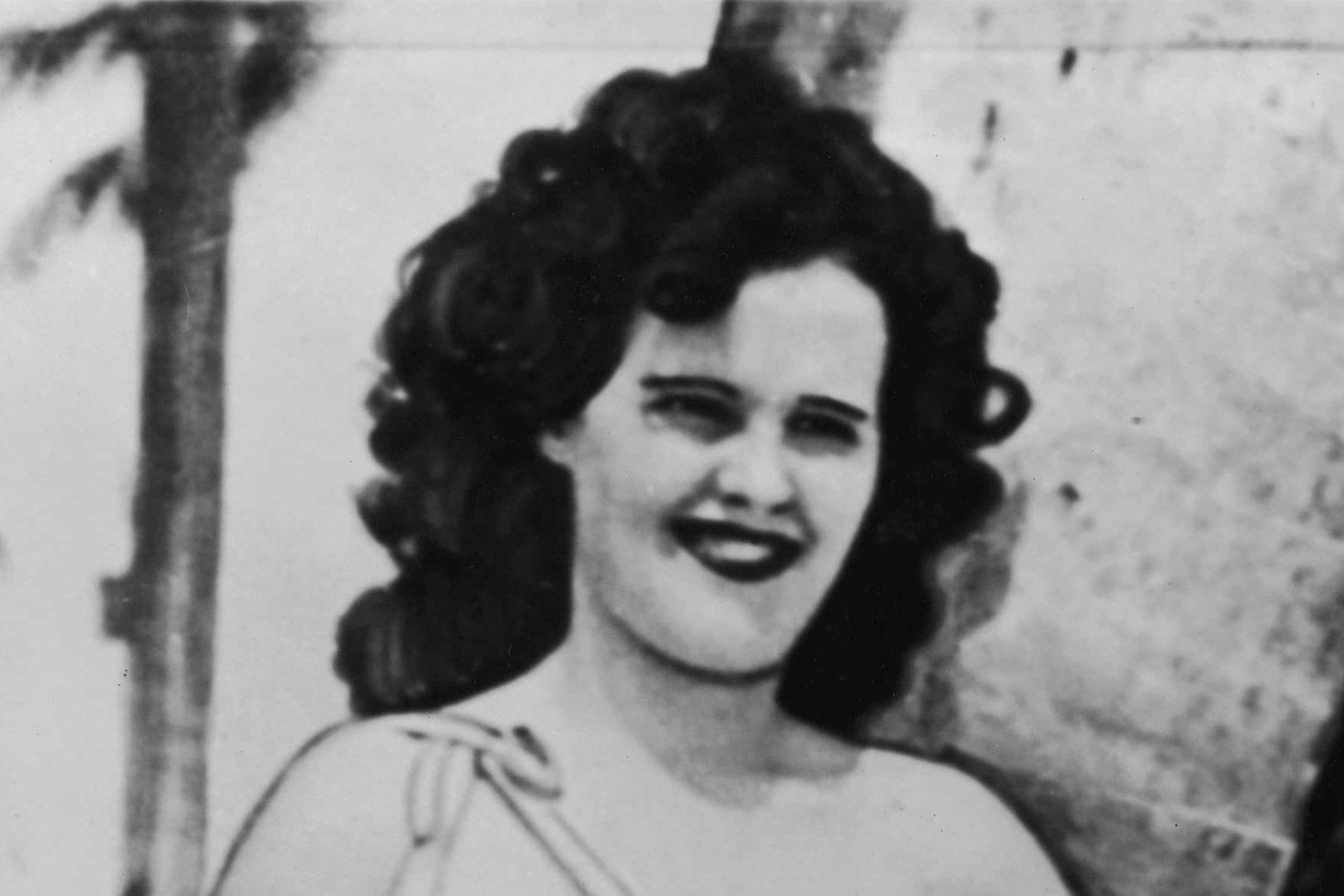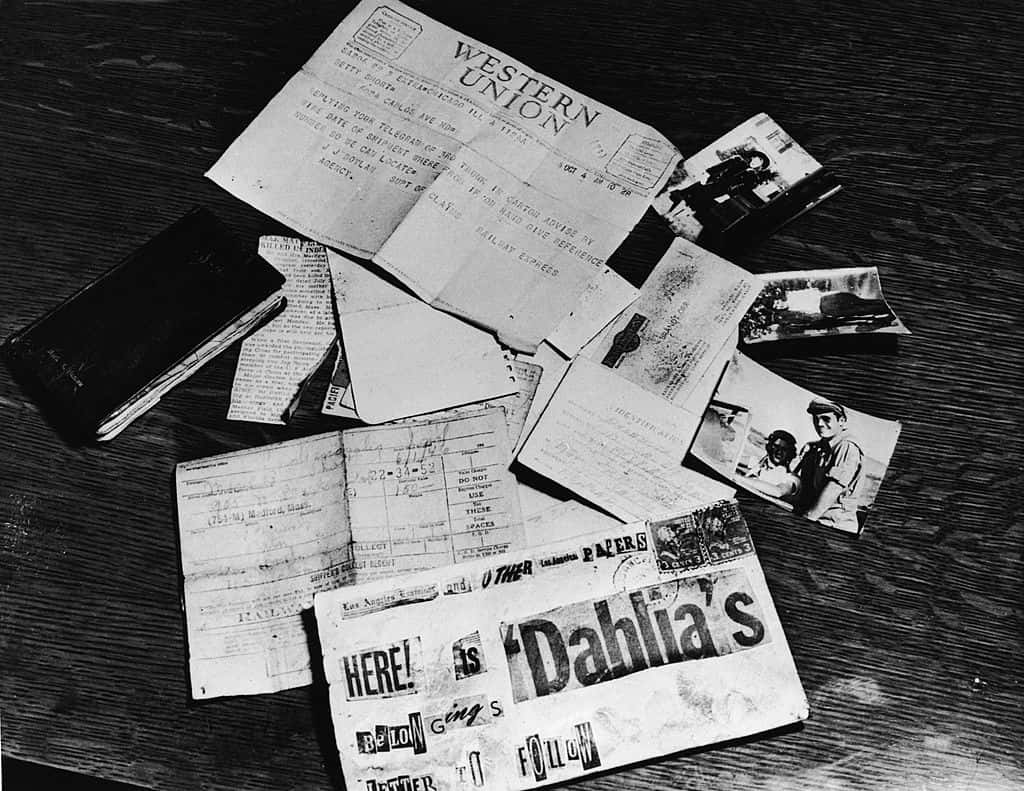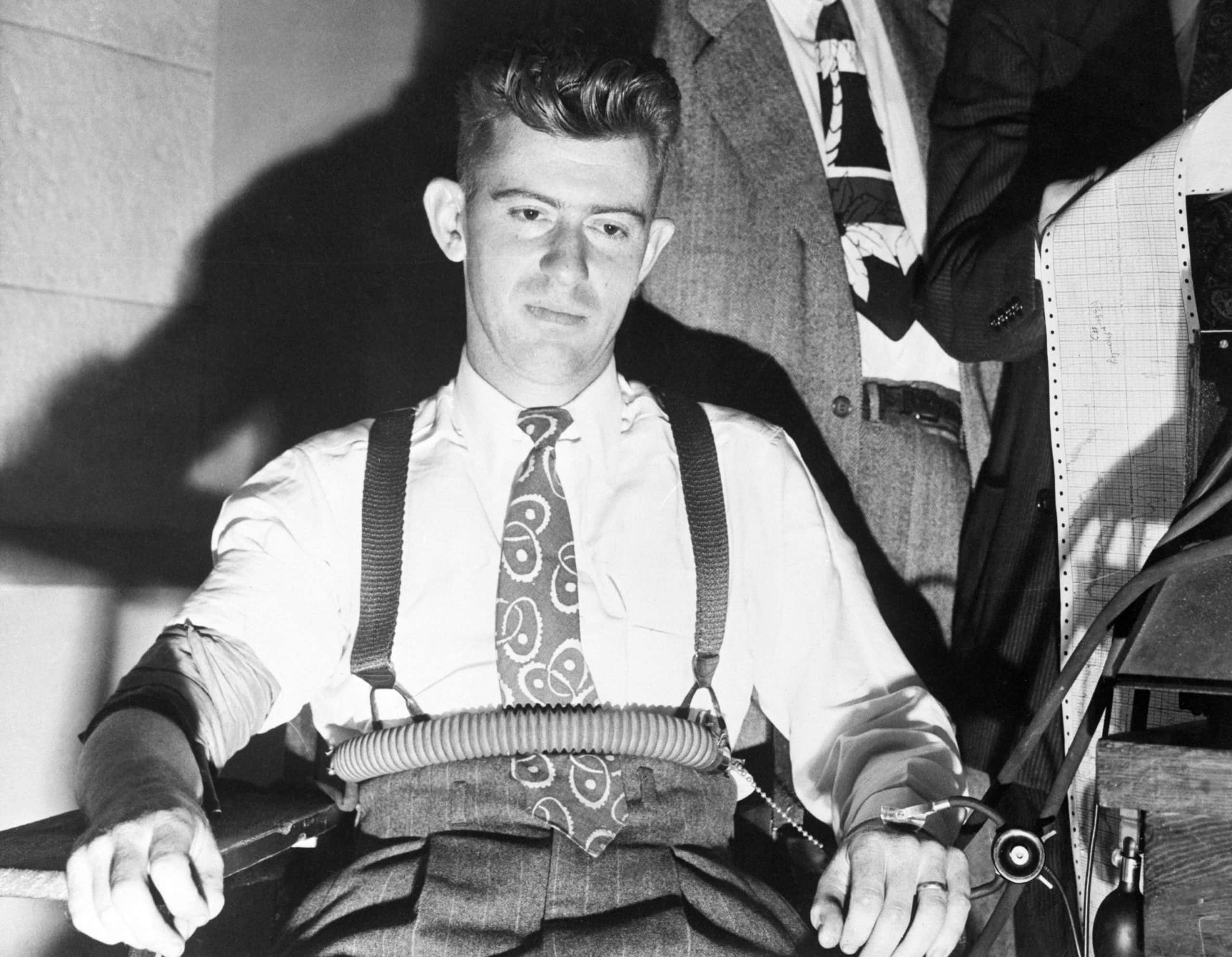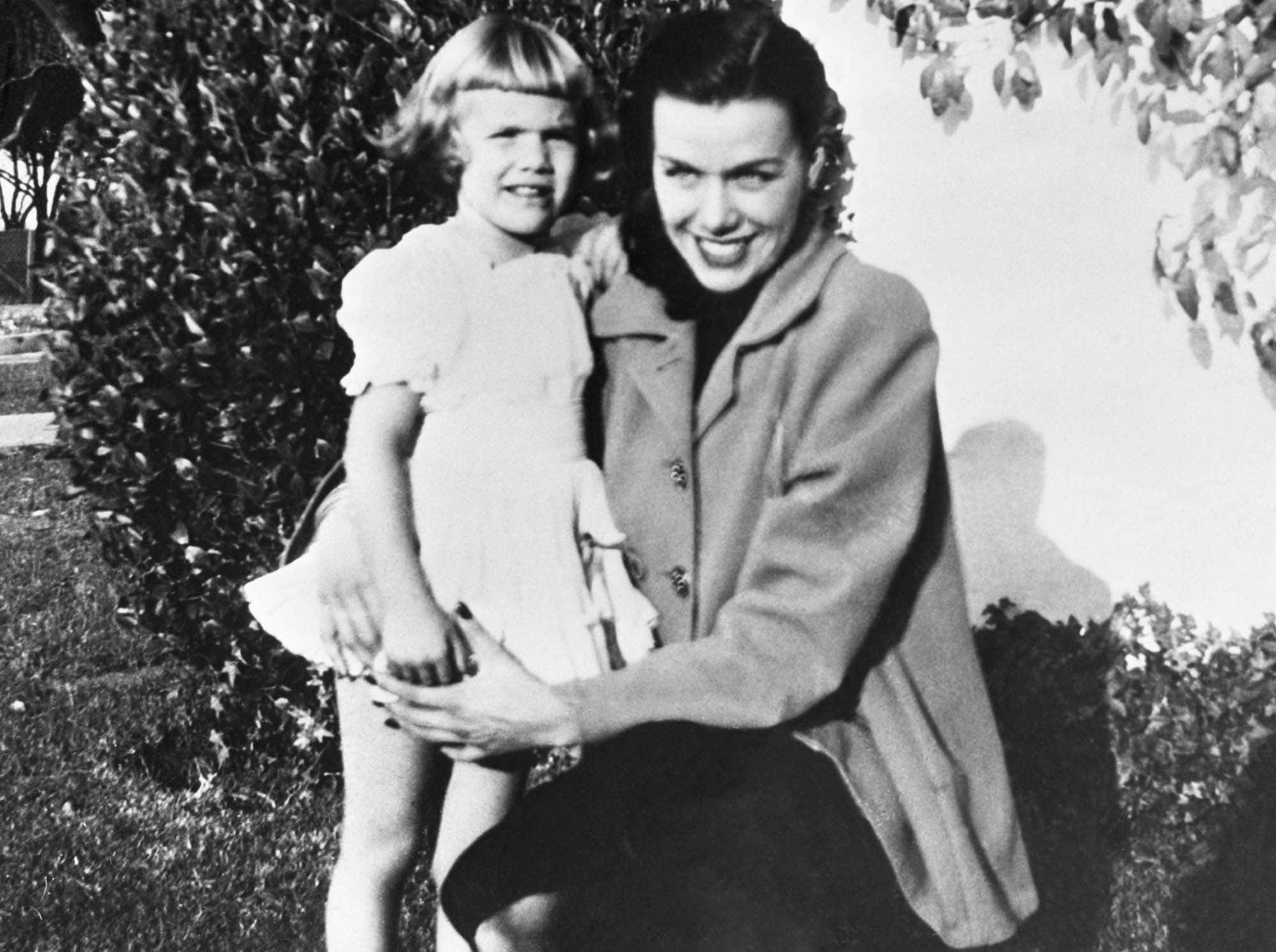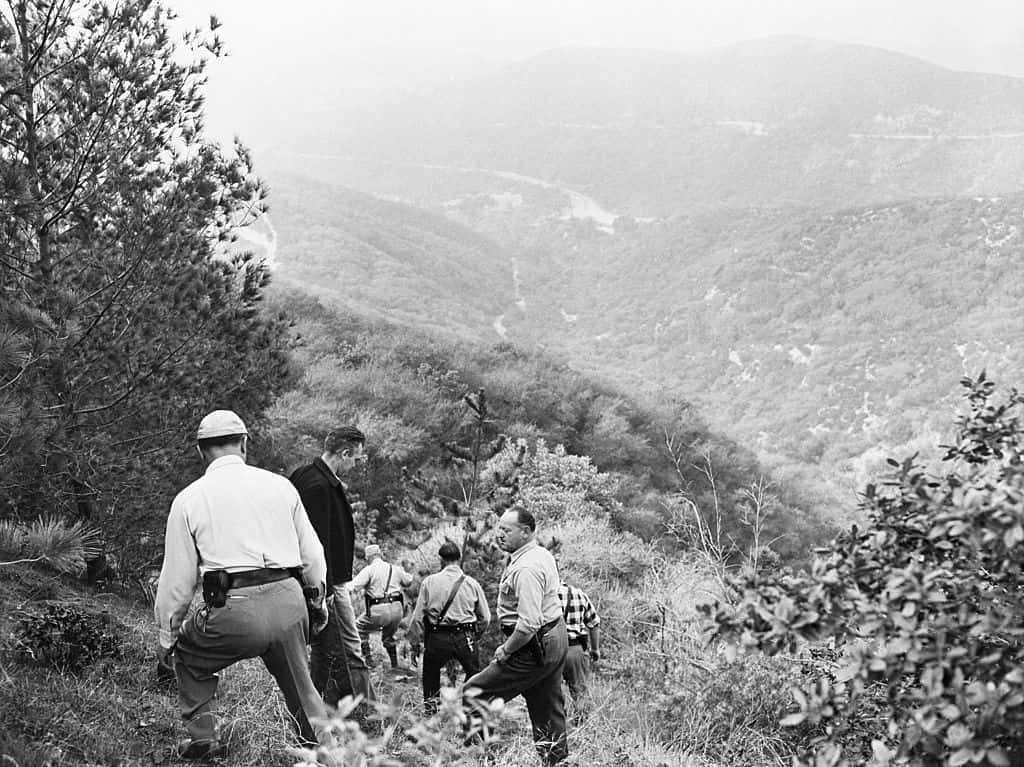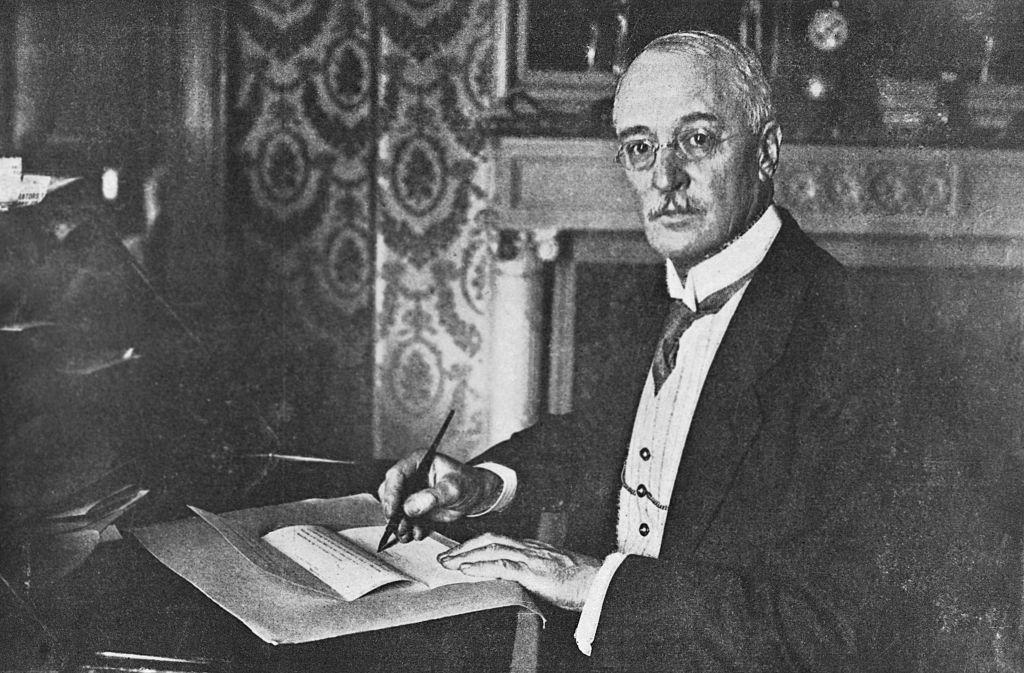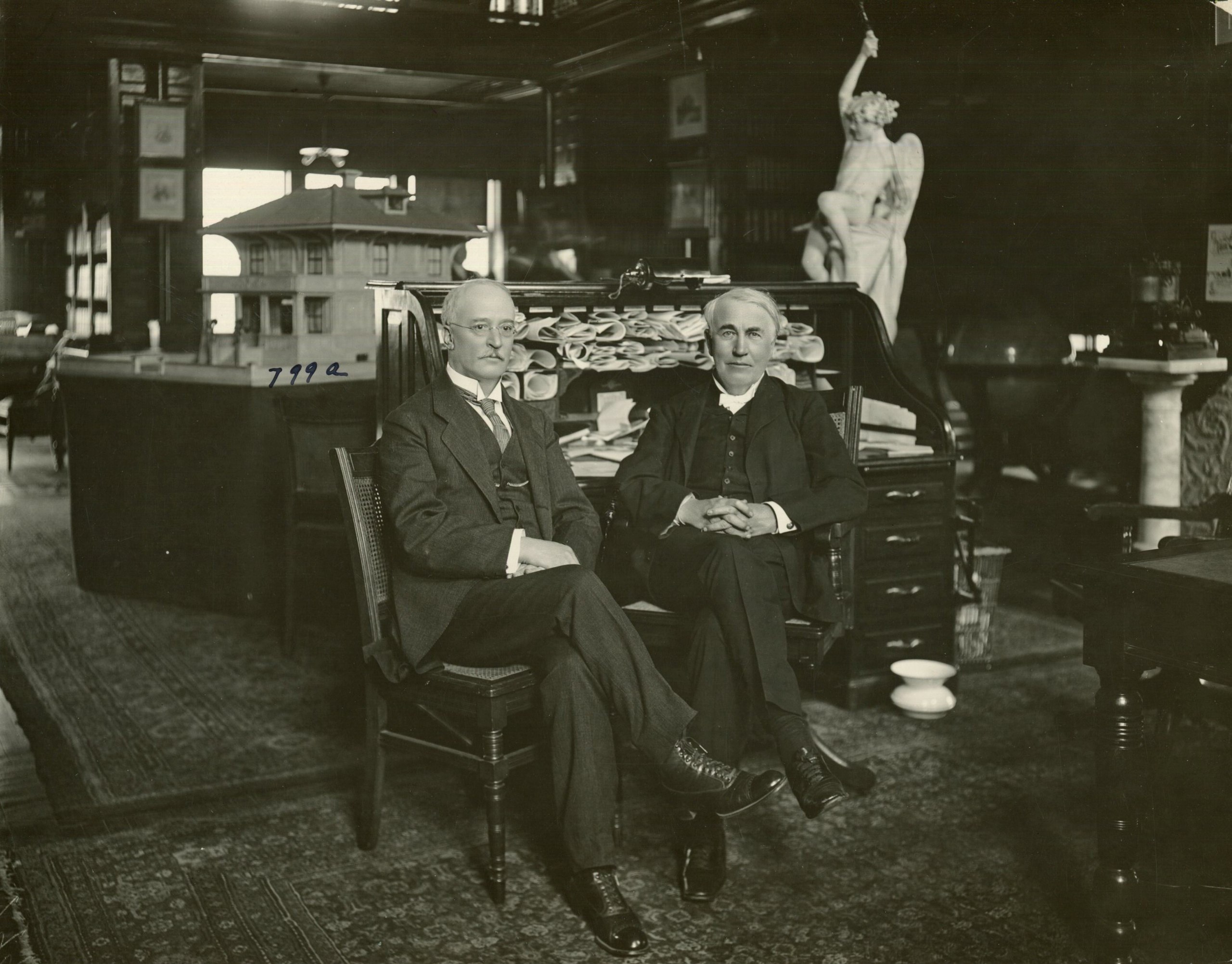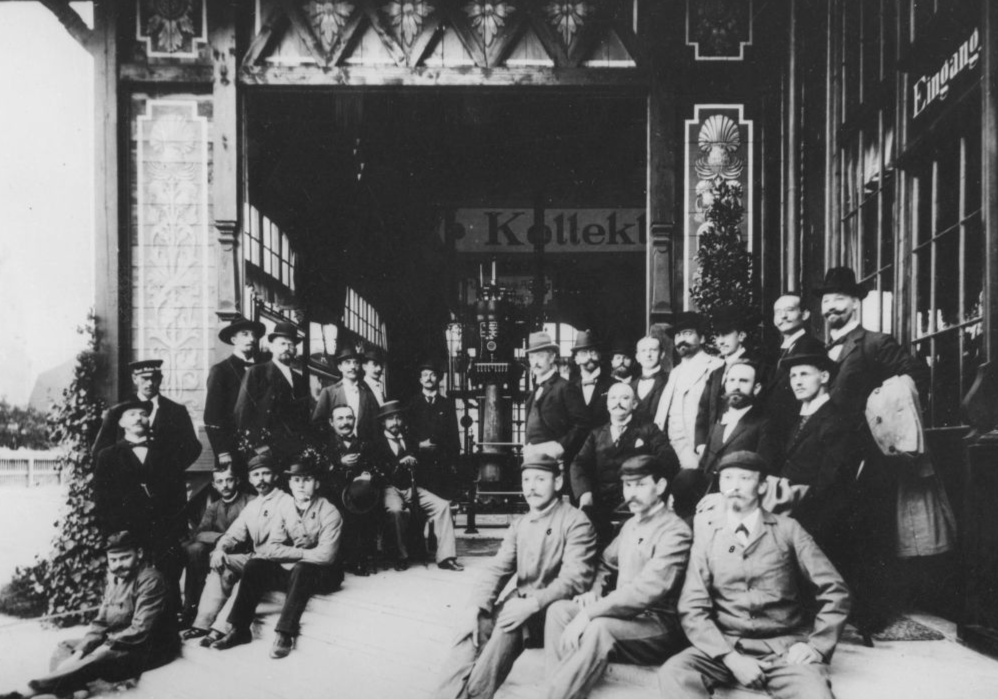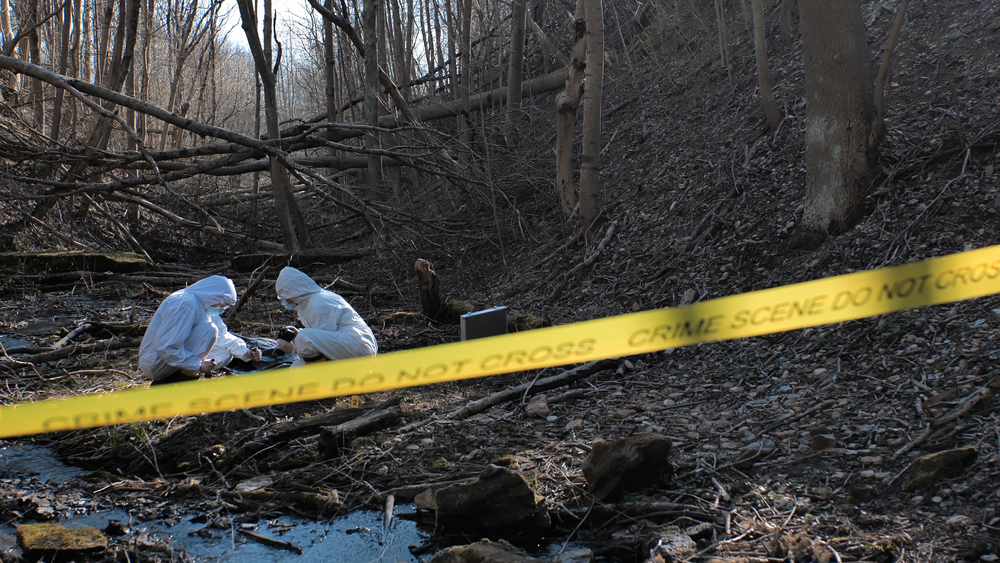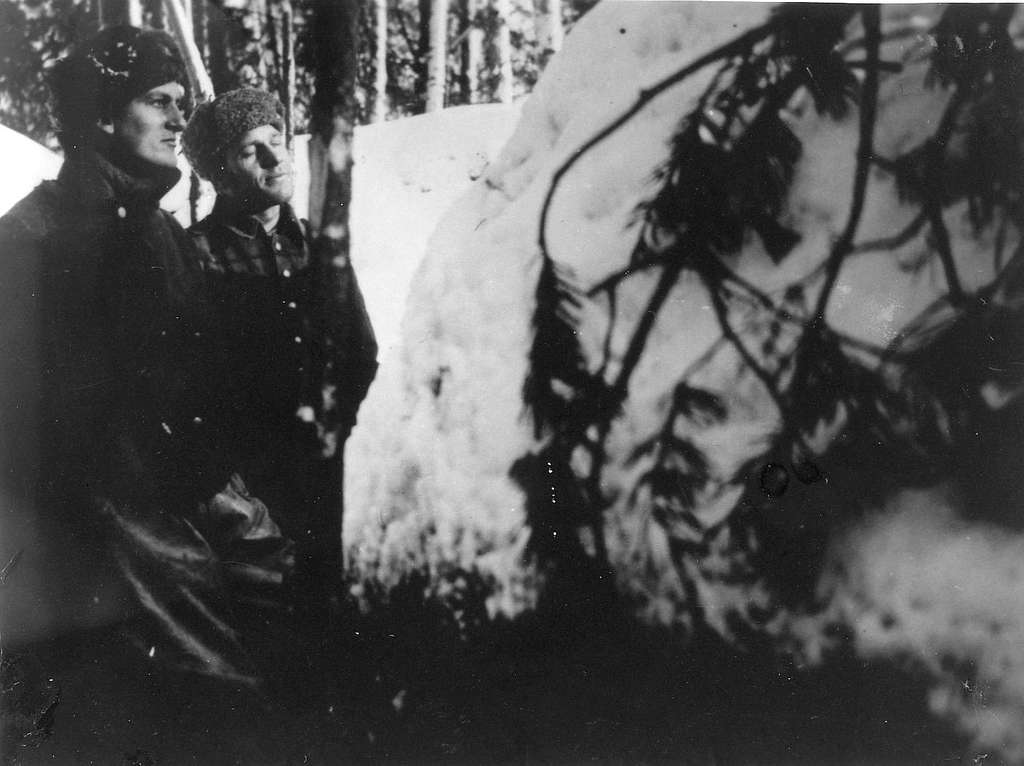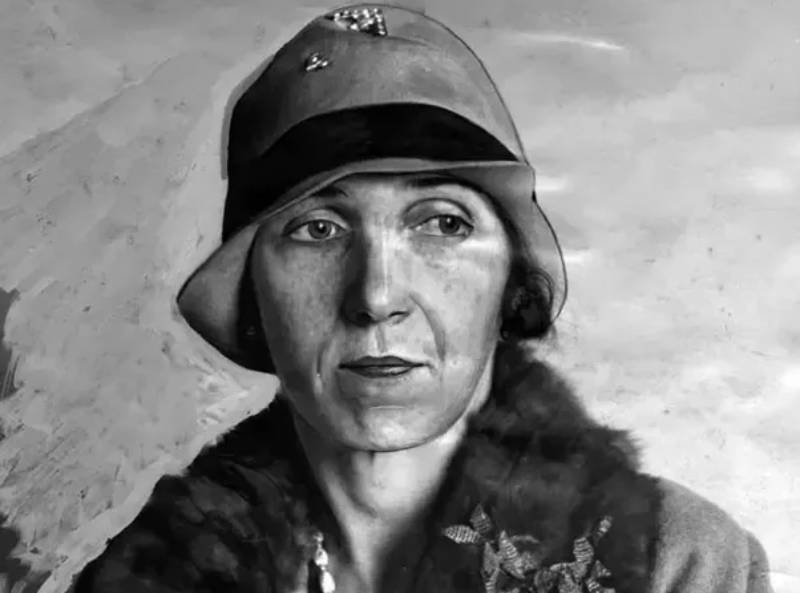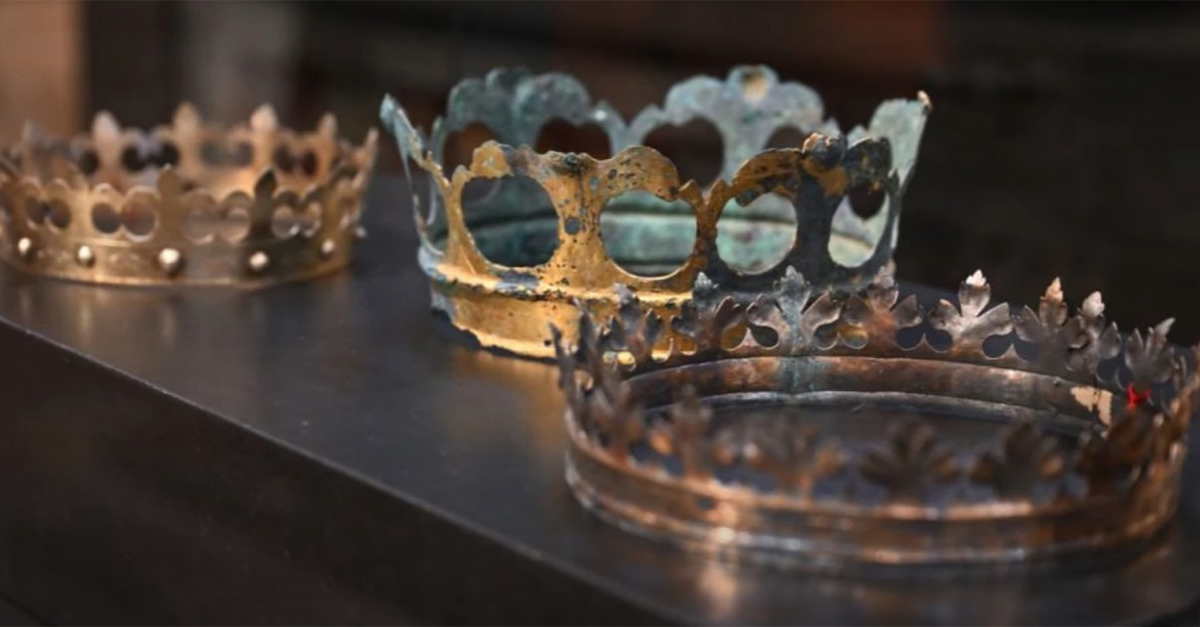History’s Wildest Unsolved Mysteries
There are cases that all of us know when it comes to unsolved mysteries, like Jack the Ripper and King Arthur—but there are just as many compelling cases that you won’t find in any history class. From strange mountain disappearances to Old Hollywood whodunits, these are the 13 strangest unsolved mysteries from history.
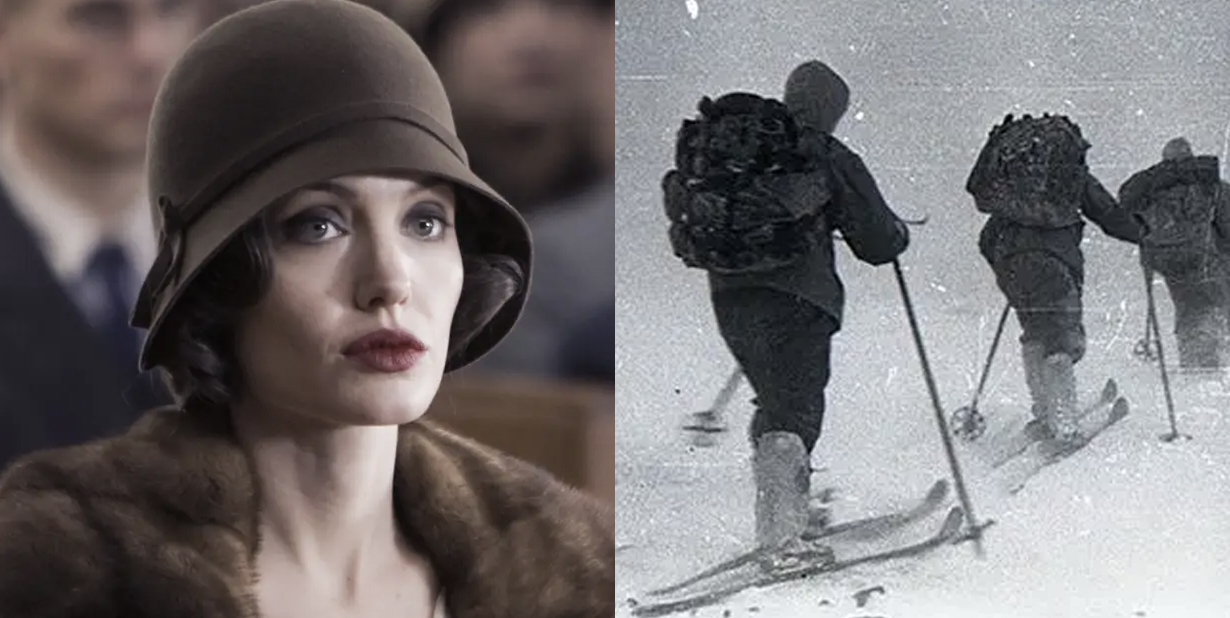
The Somerton Man
In December 1948 in Adelaide, Australia, a number of people walking by the Somerton Beach one evening noticed a man slumped over against a wall. He was wearing a nice suit. Perhaps they just thought that he’d had a bit too much to drink that night. By the next morning, it was clear that he wasn’t just sleeping it off.
The Somerton Man: The Mystery Man
There were no marks on the man’s lifeless body, but the authorities still suspected foul play—perhaps poison. But it wasn’t heart failure or poison. Additionally, he had no identification on him and all the tags had been cut out of his clothing. There was no way to tell who he was.
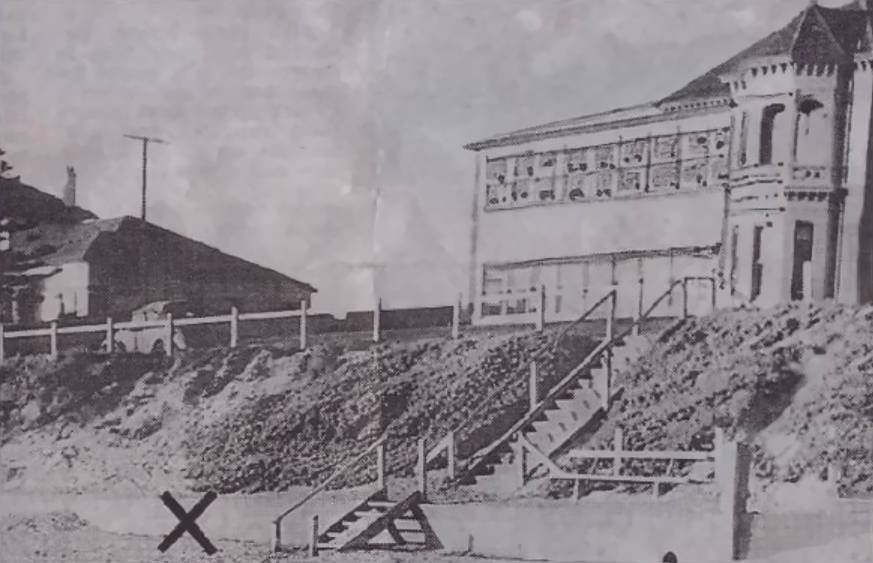 Australian police, Bletchley, Wikimedia Commons
Australian police, Bletchley, Wikimedia Commons
The Somerton Man: The Investigation
Detectives thought maybe they’d match him to a missing person, and they printed photos of him in newspapers—but it was all to no avail. The case was stalled until one day, someone decided to inspect his suit a little more closely, and made a shocking discovery.
The Somerton Man: The Suitcase
A suitcase which had been abandoned in the cloakroom at the Adelaide Railway Station on November 30, 1948, before the body was found, was turned into police in mid-January. They believed it belonged to the Somerton Man. Some ID marks on the clothing indicated they belonged to a “T Keane,” but no such person was found to be missing.
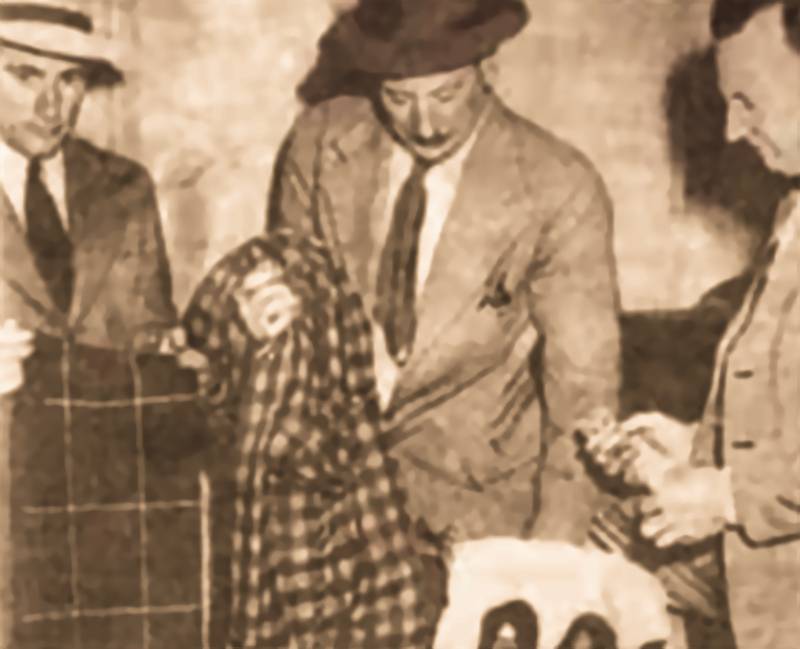 Australian police, Bletchley, Wikimedia Commons
Australian police, Bletchley, Wikimedia Commons
The Somerton Man: Taman Shud
In a small secret pocket in his pants was a small piece of paper taken from a rare book called the Rubaiyat. It had two words on it: “Tamam Shud”, which translate to “It is done”. As cryptic and compelling as it was, it didn’t help them with the case—at first.
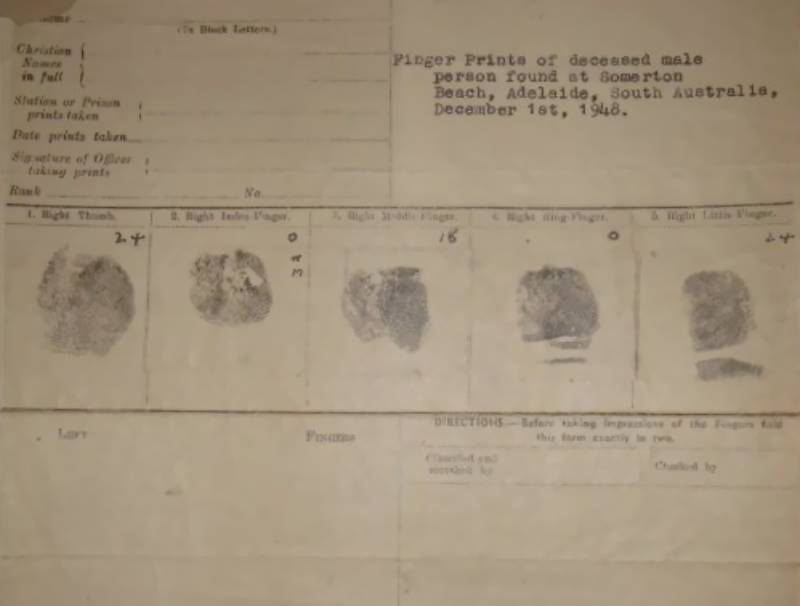 Australian Police, Wikimedia Commons
Australian Police, Wikimedia Commons
The Somerton Man: The Evidence
It had been nearly a year since the Somerton Man’s body had been found when a local man came in, reporting that he’d found a copy of the Rubaiyat that someone had tossed in his car the night before the body appeared on the beach. He’d forgotten about it until he’d read abou the mystery in the newspaper.
It was the exact book the piece of paper that said “Tamam Shud” had been cut from.
The Somerton Man: A Phone Number
To the detectives, it seemed like the Somerton Man himself had been the one to toss the book in the car’s backseat—and in an even more surprising break, it had a phone number inscribed in it. The authorities dialed it, waiting with baited breath—and hoping that they’d finally break the case.
The Somerton Man: Jessica Thompson
The woman who picked up the phone was named Jessica Thomson. She came in for an interview and the detectives showed her a bust they’d had made of the Somerton Man. Though she said she felt like she was going to faint when she saw it, she denied any knowledge of the mystery man. However, she did recognize the book.
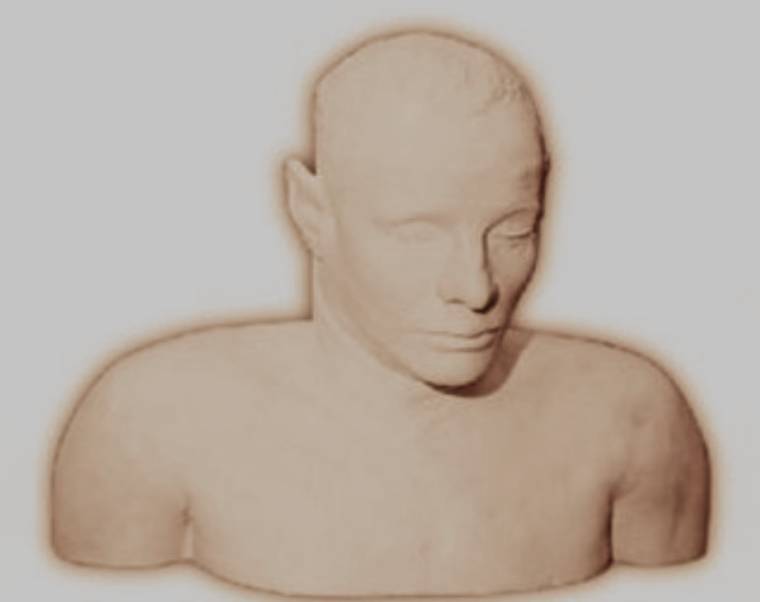 Australian police, Bletchley, Wikimedia Commons
Australian police, Bletchley, Wikimedia Commons
The Somerton Man: Alfred Boxall
Strangely enough, Jessica claimed that she’d sold a copy of the Rubaiyat to a man named Alfred Boxall. Could he be the Somerton Man? Well, when the authorities went to look for him, he was not only alive, but still in possession of the copy of the Rubaiyat that Jessica had sold him.
The Somerton Man: The Theories
One of the most enduring theories of the Somerton Man’s identity is that he was a spy connected to both Jessica and Alfred Boxall through his work. After Jessica passed on, her daughter claimed that her mother had told she’d lied during the interview and that she did know who the man was—and so did people “[on] a level higher than the police force”.
The Somerton Man: The DNA Evidence
Though the body of the Somerton Man was eventually exhumed and tested for DNA—as was hair from the mold for the mask made of him—no results have been conclusive. Multiple names have been floated around as a result, but there hasn’t been a consensus on any of them.
The Black Dahlia
The story of the Black Dahlia is one of great potential cut brutally short—but also of the seedy underbelly of the so-called “Golden Age” of Hollywood. On January 15, 1947, the remains of aspiring actress Elizabeth Short were found in a lot on Norton Avenue in Los Angeles.
The Black Dahlia: Elizabeth Short
The identity of the person who took her life remains a mystery—but the details of her short life and the circumstances of her dark end are harrowing. Elizabeth Short was born in 1924 in Massachusetts. Her father was a successful businessman—until the Great Depression through their lives into chaos.
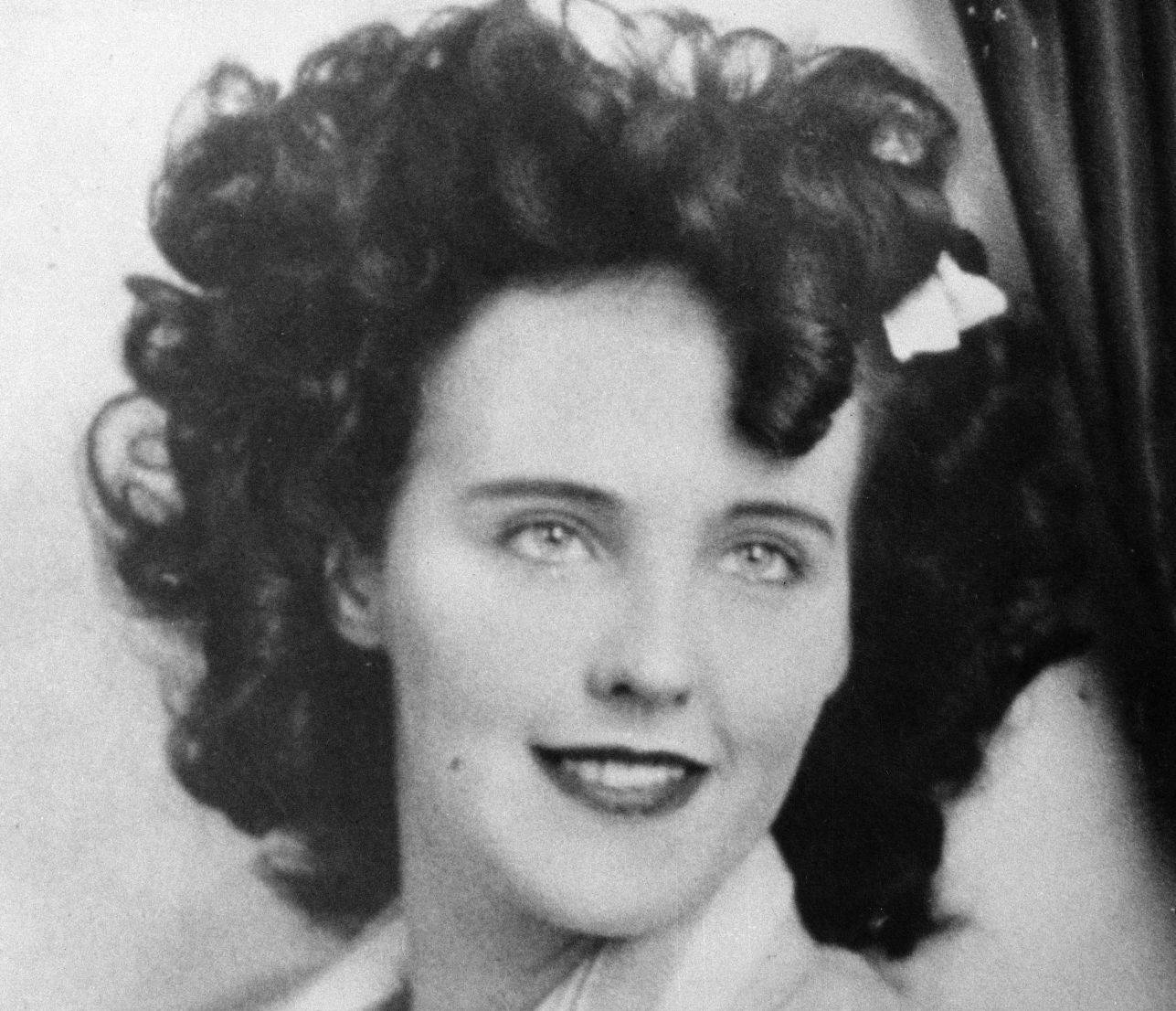 Los Angeles Police Department, Wikimedia Commons
Los Angeles Police Department, Wikimedia Commons
The Black Dahlia: Black Friday
Short’s father lost most of his money on Black Friday, the 1929 stock market crash. The next year, his car was found abandoned on a bridge—it was believe he’d jumped into the Charles River, another victim of the Great Depression. Elizabeth was six years old. But even his story didn’t end there.
 Unknown Author, Wikimedia Commons
Unknown Author, Wikimedia Commons
The Black Dahlia: A New Start In California
As a teen, Elizabeth relocated to warmer climates to treat bronchitis and asthma. In 1942, her entire family got a shock when their presumed-deceased patriarch wrote to Elizabeth’s mother, saying he was alive and that he’d fled to California. Elizabeth, by then 18, went to Vallejo, California, to reunite with him.
The Black Dahlia: A Troubled Life
Elizabeth Short took a job and met a man, but things turned sour when he got physical with her. She was also detained after getting caught in a bar while underage. She moved to Florida to get away from her problems—only for tragedy to strike.
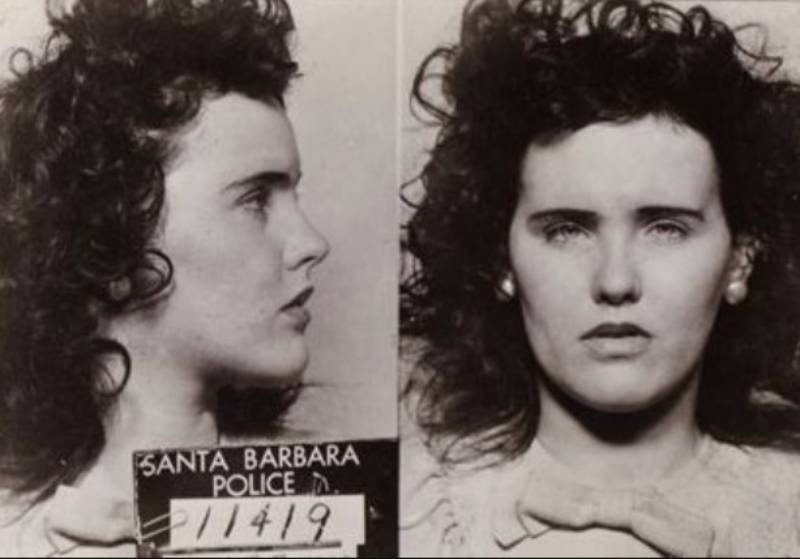 Santa Barbara police, Wikimedia Commons
Santa Barbara police, Wikimedia Commons
The Black Dahlia: A Tragic Loss
Elizabeth met a decorated Air Force Lieutenant who was preparing to fight in WWII in Florida. He ended up going overseas and proposing marriage in a letter. Elizabeth accepted—but then he perished in a crash in August, 1945.
The Black Dahlia: Back Into The Belly Of The Beast
Following the tragedy, Elizabeth went back to California, where she worked as a waitress and lived behind a nightclub on Hollywood Boulevard. She also became involved with a married man. They’d gone on a trip together and Elizabeth was supposed to see one of her sisters who was visiting Los Angeles when she got back. But then, tragedy returned to her side.
The Black Dahlia: Lost & Found
Elizabeth Short was last seen alive on January 9, 1947. Six days later, on January 15, her dismembered body was found with a creepy smile cut into the skin by her mouth in a quiet, undeveloped part of Los Angeles. An autopsy revealed she’d likely been alive until January 14 or 15.
 Universal, The Black Dahlia (2006)
Universal, The Black Dahlia (2006)
The Black Dahlia: The Ruse
The FBI helped identify Elizabeth—her prints were on file from the time she’d been locked up. Before her picture had even made it to the papers, reporters from the Los Angeles Examiner tracked down Short’s mother and pretended Elizabeth had won a beauty contest. They pumped her for information before revealing the heartbreaking truth: her daughter was gone.
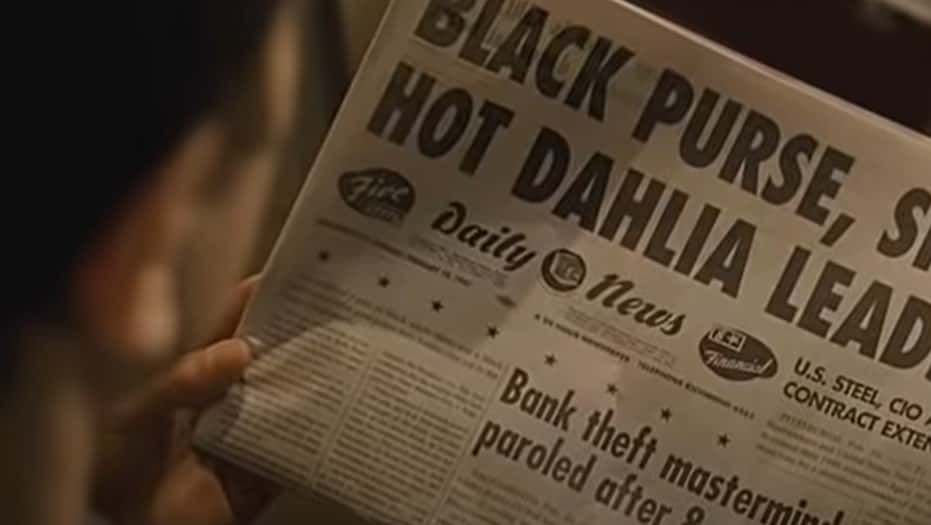 Universal , The Black Dahlia (2006)
Universal , The Black Dahlia (2006)
The Black Dahlia: The Nickname
The Examiner didn’t stop there. They sensationalized the story, giving Elizabeth the “Black Dahlia” nickname and portraying her as an “adventuress” who “prowled Hollywood Boulevard”. They even tried to convince her mother to fly to LA on their dime so she could keep them in the loop of the investigation.
The Black Dahlia: The Call
A reported from the Examiner received a call on January 21, 1947, from a man claiming to be responsible for what had happened to Elizabeth. He said he was going to turn himself in eventually, and that he had souvenirs he was going to send to the reporter.
The Black Dahlia: The Envelope
Just three days later, the Examiner offices received a mysterious envelope containing a letter made from words cut and pasted from newspaper articles. The envelope contained Elizabeth’s birth certificate, business cards, photographs, names written on pieces of paper, and an address book with Mark Hansen on the cover.
The Black Dahlia: The Connection
Whoever sent the envelope had tried to use gasoline to wash off fingerprints—and Elizabeth’s body had gasoline on it as well, leading the authorities to believe the envelope did come from the culprit.
The Black Dahlia: The Note
Almost two months later, someone reported finding a pile of men’s clothing and a note by the ocean in Venice. It read: "To whom it may concern: I have waited for the police to capture me for the Black Dahlia killing, but have not. I am too much of a coward to turn myself in, so this is the best way out for me. I couldn't help myself for that, or this. Sorry, Mary."
The author of the note was never identified.
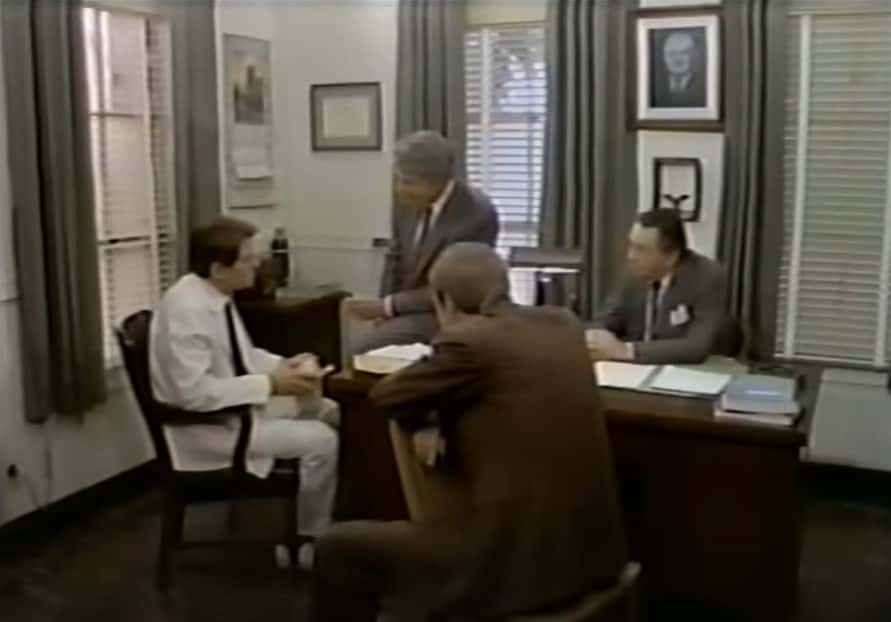 NBC, Who Is the Black Dahlia? (1975 TV Movie)
NBC, Who Is the Black Dahlia? (1975 TV Movie)
The Black Dahlia: Mark Hansen
The owner of the address book that was sent to the Examiner, Mark Hansen, was a local nightclub owner who’d been friends with Elizabeth, and he immediately became a suspect. Elizabeth’s friends claimed she’d rejected him. Eventually, the authorities cleared him of suspicion—along with many others.
The Black Dahlia: By The Numbers
The authorities investigating the case interviewed some 150 men they considered suspects. Over 450 people from the LAPD and other departments investigated the case in the months following the murder. But though there have been many theories and rumors about the case, it’s never been solved.
 DarkCryst , CC BY-SA 3.0, Wikimedia Commons
DarkCryst , CC BY-SA 3.0, Wikimedia Commons
Jean Spangler
One of the cases that was rumored to be related to the Black Dahlia—perhaps involving the same culprit—was the disappearance of Jean Elizabeth Spangler, another beautiful young Hollywood actress with dark hair and eyes.
Jean Spangler: The Night Of
On October 7, 1949, Jean Spangler told her sister her plans for the evening. She was going to briefly meet with her ex-husband Dexter Benner, who she’d divorced three years earlier, and would then go to work as an extra on a film set. She never made it home.
Jean Spangler: The Disappearance
Someone spotted Jean at a grocery store near her home around 6:00 PM that evening, but it was the last time she was ever seen alive. Two days later, her purse was found in a remote area of Griffith Park in rough shape—and it contained a note.
 Amatullah Guyot, CC BY 2.0, Wikimedia Commons
Amatullah Guyot, CC BY 2.0, Wikimedia Commons
Jean Spangler: The Note
It was a letter written to someone named Kirk, and it mentioned seeing a doctor. Immediately, rumors flew. People speculated that perhaps she’d been pregnant and was planning on “taking care of it,” as many actresses did in the era. But what was even more surprising was the rumored identity of “Kirk”.
Jean Spangler: Kirk
Detectives had to look no further than Jean’s resume to speculate on who that Kirk might be—the last film that Spangler had appeared in had starred Hollywood icon Kirk Douglas. Rumors flew that he could be the father of her child, but the authorities accepted his alibi—he told them he’d been in Palm Springs the night of her disappearance.
 Unknown Author, Wikimedia Commons
Unknown Author, Wikimedia Commons
Jean Spangler: The Theories
Though many still believed that Kirk Douglas had played a role in Jean’s disappearance, there were also rumors that she’d been involved with Los Angeles gangsters and had left the city with them. This was bolstered by reported sightings of Jean in California, Texas, Arizona, and Mexico throughout the years.
 E!, E! Mysteries & Scandals, Jean Spangler (2000)Reenactment of her last hours
E!, E! Mysteries & Scandals, Jean Spangler (2000)Reenactment of her last hours
Jean Spangler: One Weird Connection
Jean’s looks weren’t the only thing that connected her with Elizabeth Short. Jean had, at one time, worked at the Florentine Gardens, a nightclub owned by none other than Mark Hansen—the suspect from the Black Dahlia case. And, much like the Black Dahlia, Jean Spangler’s disappearance remains unsolved.
 Unknown Author, Wikimedia Commons
Unknown Author, Wikimedia Commons
Rudolf Diesel
Rudolf Diesel was a German inventor with an admittedly cool-sounding name. He worked in the field of mechanical engineering, and no, it’s not just a coincidence that his name was Diesel. He was actually the man who invented the Diesel engine, which burns Diesel fuel. And he’s also the subject of one of the most compelling mysteries of the 20th century.
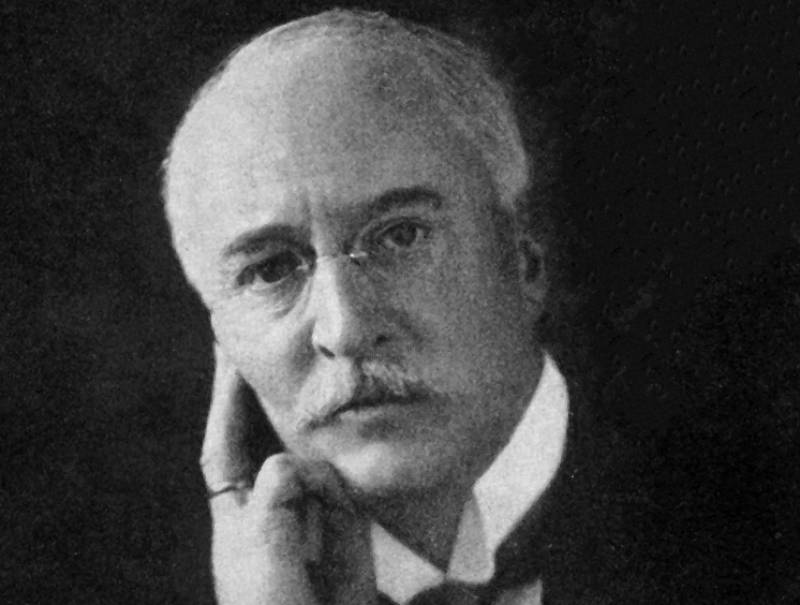 Unknown photographer, Wikimedia Commons
Unknown photographer, Wikimedia Commons
Rudolf Diesel: The Final Hours
In September 1923, Rudolf Diesel boarded a steamship in Antwerp in order to get to a meeting of the Consolidated Diesel Manufacturing company in London. After dinner, he went to his cabin to sleep and requested at 6:15 AM wake-up call. But the next morning, when the crew called the cabin—it was empty.
Rudolf Diesel: The Disappearance
Rudolf Diesel was never seen again—at least not alive. Though most of his possessions were still in the room, including his watch and night clothes, his coat and hat where found folded under a deck railing.
Rudolf Diesel: The Bag
Just before Diesel left on his trip, he left a bag for his wife and told her that she shouldn’t open it for another week. After his disappearance, she decided to see what was inside—and its contents were shocking. There were some 20,000 German marks in there, but it also contained evidence that their banks accounts were empty. Where had all their money gone?
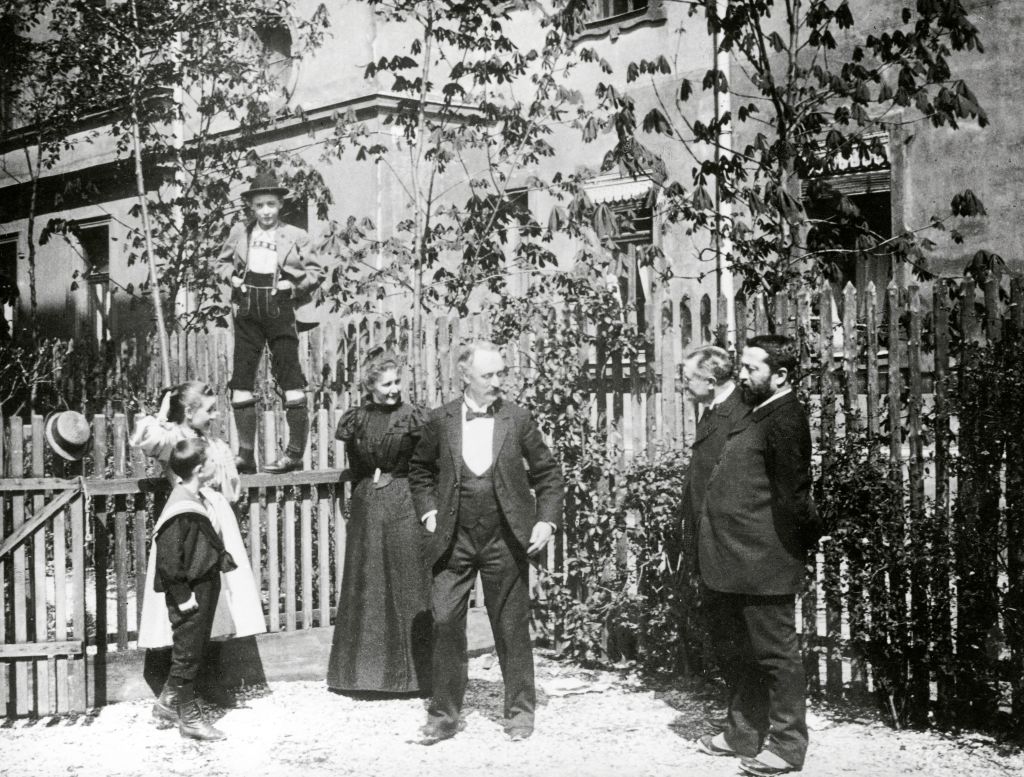 brandstaetter images, Getty Images
brandstaetter images, Getty Images
Rudolf Diesel: The Body
About ten days after his disappearance, the crew of a ship sailing the Eastern Scheldt in the Netherlands came across a man’s body that was beyond identification. They managed to get some of his personal effects out of his pockets—wallet, ID, eyeglasses, etc. When they showed them to Diesel’s son Eugen, he was shocked.
 Raimond Spekking, CC BY-SA 4.0, Wikimedia Commons
Raimond Spekking, CC BY-SA 4.0, Wikimedia Commons
Rudolf Diesel: The Identification
Eugen believed the items were his father’s—but there was a caveat to identifying the body. The weather conditions had been too bad for the ship’s crew that had found it to actually bring the body on board. Though it seemed like it could be Rudolf, there’s also room for speculation that he could’ve faked the whole thing and that the body belonged to someone else.
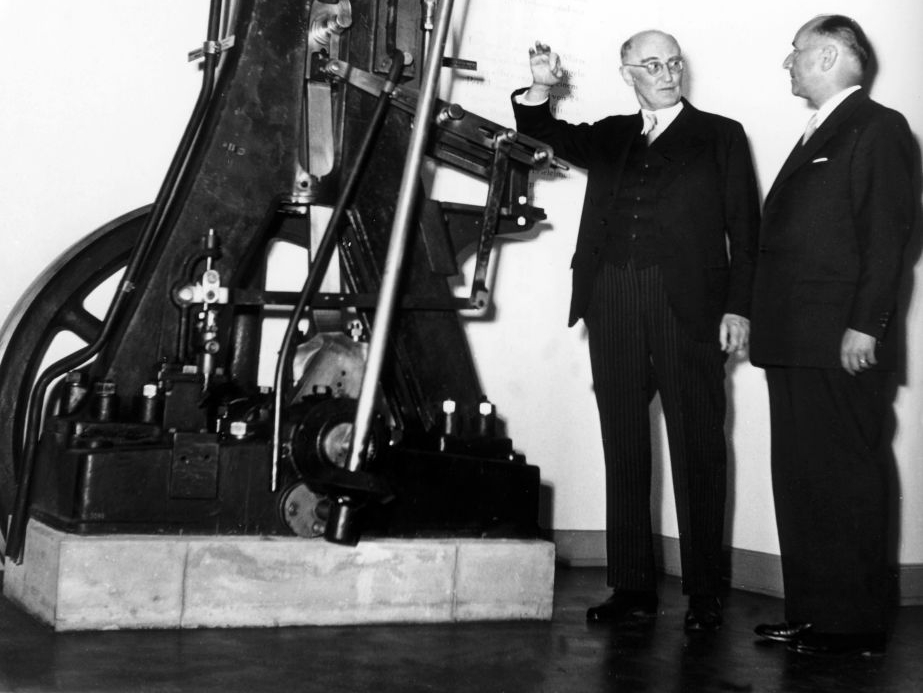 picture alliance, Getty Images
picture alliance, Getty Images
Rudolf Diesel: The Theories
Biographers speculated on a number of theories when it came to Diesel’s death. One is that he took his own life. Some believe that German forces might have come for him, thanks to his refusal to let them use his tech. Others think that the British forces helped him escape and start a new life in Canada. But without evidence to any of these theories, this remains an unsolved mystery.
The SOS Incident
In July of 1989, a search team flying over Mount Asahidake in Daisetsuzan National Park in Japan spotted a large sign made from 19 birch tree branches that read “SOS”. They landed and began to search the area near the sign, where they found two hikers that had gotten lost on the trail. Case closed, right? Not so.
The SOS Incident: The Confusion
When the authorities brought up the subject of the sign, the two hikers were confused. They told the search team that they hadn’t made any sign. But if they hadn’t done it—who did? How long had it been there? And was the person who had it still out there?
The SOS Incident: The Discovery
When the authorities searched the area, they made a number of bizarre discoveries, including bones that may have been damaged by animal or human intervention. They also found a trove of items in a hole under a tree, including four cassette tapes, a tape recorder, a backpack, some amulets, a human skull, a tripod, a pair of men's basketball shoes, two cameras, a notebook, and a driver's license.
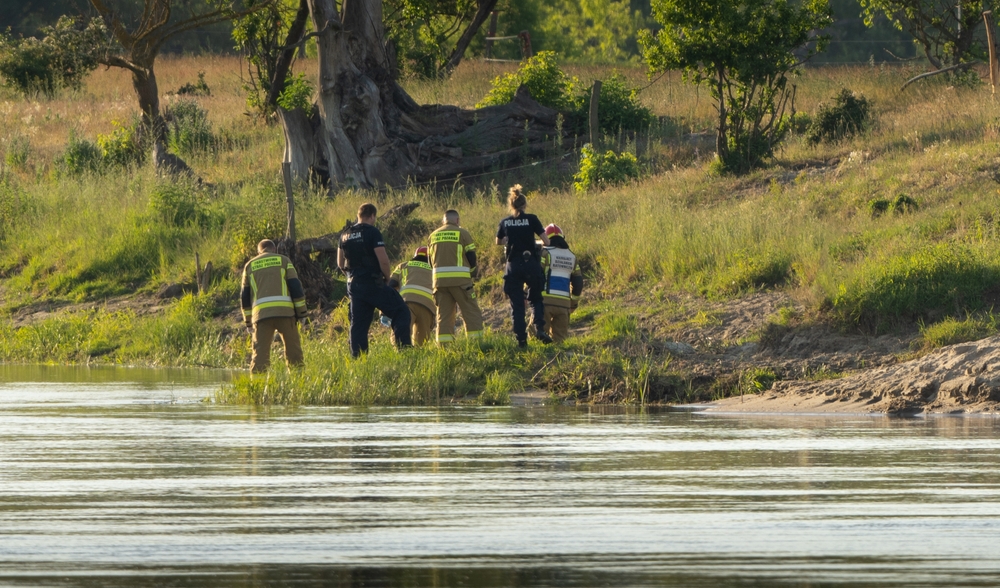 IVAN ROSHCHUPKIN, Shutterstock
IVAN ROSHCHUPKIN, Shutterstock
The SOS Incident: Kenji
The license belonged to a young man named Kenji Iwamura, who had left for a hiking trip almost exactly five years earlier and who had gotten lost on Mount Asahidake. Though the authorities had looked for him at the time, they hadn’t found any of these traces. But were the bones his?
 Koda6029, CC BY-SA 4.0 , Wikimedia Commons
Koda6029, CC BY-SA 4.0 , Wikimedia Commons
The SOS Incident: The Remains
When the authorities tested the remains, they made a shocking discovery. They believed that the bones weren’t actually Kenji’s, but instead that they belonged to a female between the ages of 20 and 40. Yet, according to those who knew him, Kenji had gone on the hiking trip alone…
 Sundry Photography, Shutterstock
Sundry Photography, Shutterstock
The SOS Incident: The Tapes
The tapes that the authorities found painted and even more terrifying picture. They contained the plaintive cries of a man who yelled “SOS, help me, I can't move on the cliff, SOS, help me.
The place is where I first met the helicopter. The sasa [a type of bamboo plant] is deep and you can't go up. Lift me up from here”.
The SOS Incident: Further Investigation
Nothing about it made sense—and so, the authorities combed carefully over the evidence they had. They looked at the bones again, and this time they concluded that they belonged to one single person—a man. They also found that he was skinny and weak, which played into another aspect of the case.
The SOS Incident: The Sign
The SOS sign was so large, and the birch branches so heavy, that it had to have been made a relatively strong person over the course of two days, not just a few hours. Though it’s possible that Kenji was the one to make it, there are many who doubt he would’ve been physically able.
The SOS Incident: The Doubts
When the authorities played Kenji’s parents the tape containing the SOS message, they weren’t sure if it was his voice. And as such, the mystery of what really happened to Kenji out there—and who made the tape and sign—remains unsolved.
Dyatlov Pass
On February 1, 1959, a group of seven men and two women who were hiking and skiing around Dyatlov Pass in the Ural Mountains in Russia set up camp. One of their group had already left due to the illness, but that night they made food and settled in to sleep. What happened next is one of history’s most compelling mysteries.
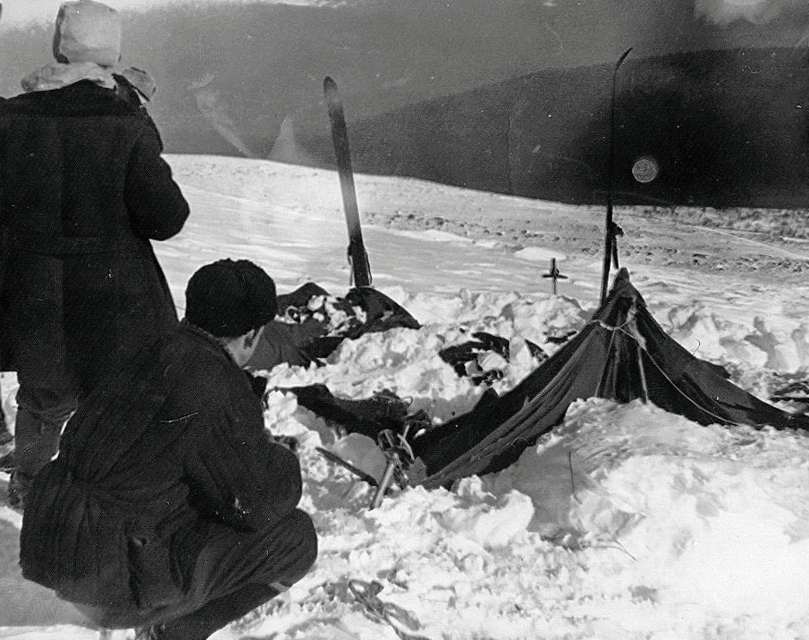 Unknown author, Wikimedia Commons
Unknown author, Wikimedia Commons
Dyatlov Pass: The Discovery
Their expedition was supposed to last from January 27 to February 12, but when they weren’t back by the 20th, their families asked for a search and rescue team to set out. What they found was extraordinary—and confusing. The tent was empty—and it appeared that someone had cut it from the inside to get out.
 ugraland, CC BY 2.0, Wikimedia Commons
ugraland, CC BY 2.0, Wikimedia Commons
Dyatlov Pass: Follow The Footprints
There were a number of footprints surrounding the tent—but it appeared that no one had been wearing shoes or boots, and had instead fled either barefoot or in sock feet. They followed them and found two bodies, who were wearing only underwear. Then they found three more. They’d been the victims of hypothermia. But where were the others?
Dyatlov Pass: The Search
It took months to find the the final four—and their discovery was even more perplexing. Some of them appeared to have taken clothes from the others, or their bodies. But it wasn’t just hypothermia here. Three had suffered from fatal trauma to the chest or head. They also had gory, macabre injuries. And it got even stranger.
Dyatlov Pass: The Clothing
In the strangest twist of all, the authorities who examined the remains of the nine members of the expedition found that one of them had been wearing clothing that radioactive. None of the conclusions seemed to make sense. They’d all left their camp voluntarily, without proper clothing, in February?
 EB Adventure Photography, Shutterstock
EB Adventure Photography, Shutterstock
Dyatlov Pass: The Theories
The strange circumstances surrounding what had happened on Dyatlov Pass led to a number of bizarre theories, including KGB participation, usage of psychedelics, aliens, and a theory that radioactivity had caused the bizarre behavior. But it was the physical evidence that provided one theory too concrete too deny and too haunting to forget: That the physical force that had caused the trauma to the heads and chests of the three victims was too powerful to be human.
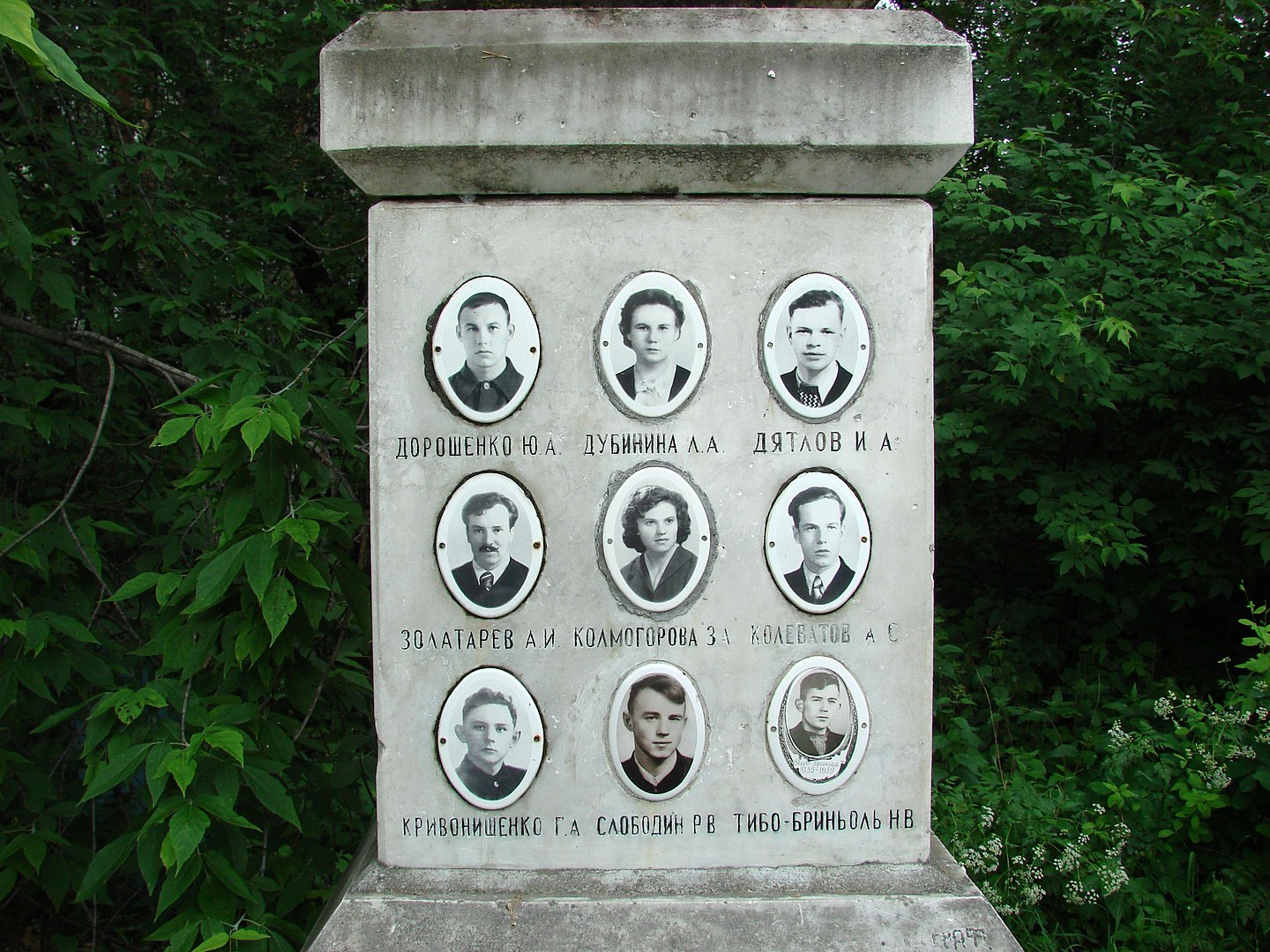 Дмитрий Никишин, Wikimedia Commons
Дмитрий Никишин, Wikimedia Commons
The Voynich Manuscript
In the 17th century, a alchemist in Prague named Georg Baresch found a mysterious book in his collection—and he couldn’t figure out where it came from and why someone would write something so bizarre.
 Unknown author, Wikimedia Commons
Unknown author, Wikimedia Commons
The Voynich Manuscript: What Is It?
The book contained strange illustrations of plants that didn’t exists and was written in a language and writing system no one could identify or parse. Baresch tried to look into its origins, only to hit a brick wall. In the centuries since then, others have tried to figure out just what it is and where it came from—to no avail.
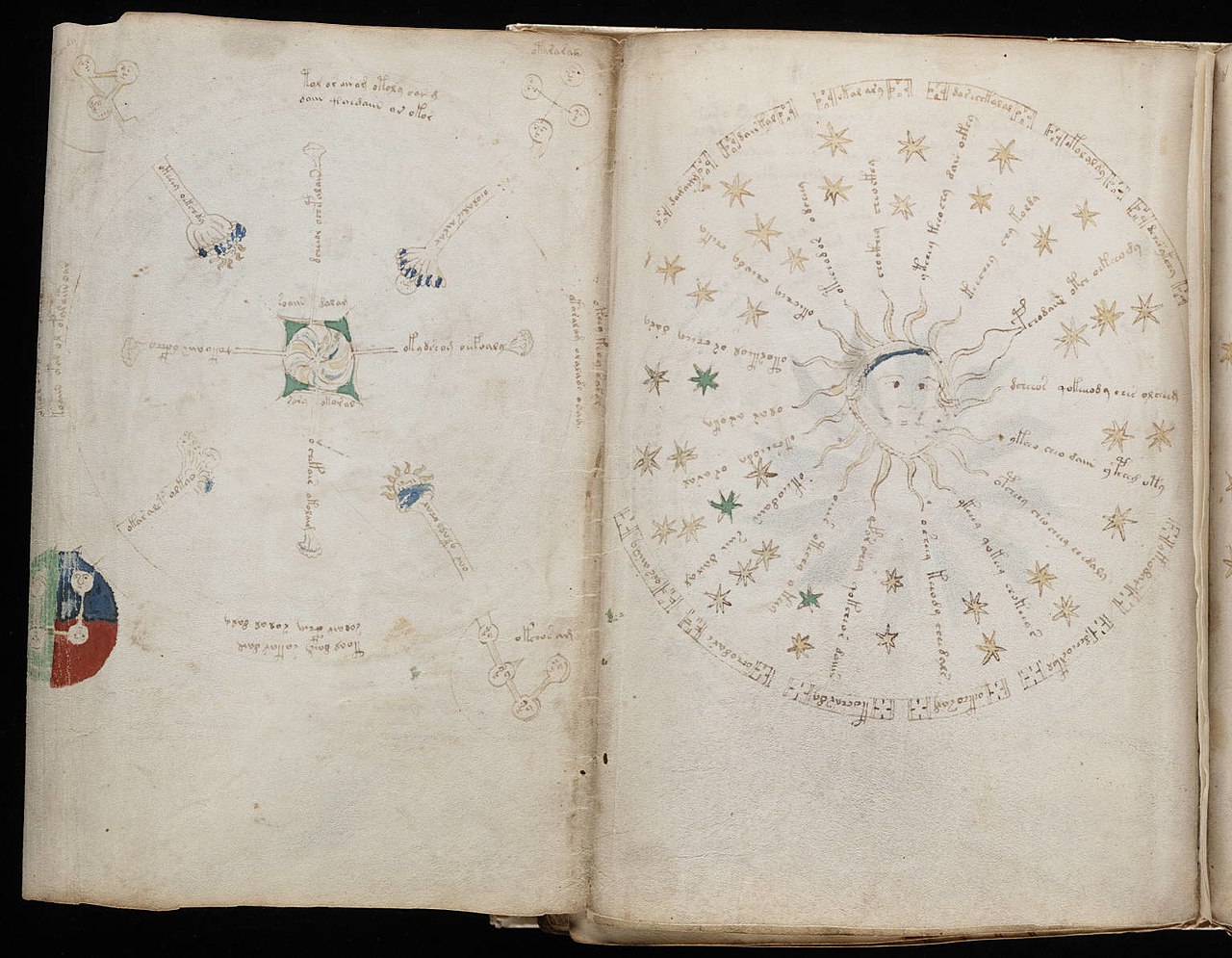 Unknown author, Wikimedia Commons
Unknown author, Wikimedia Commons
The Voynich Manuscript: Who Wrote It?
Eventually, the book changed hands a number of times and ended up in the possession of Voynich, a Polish book dealer. He speculated that it had been written by the alchemist Albertus Magnus or the scientist Roger Bacon. His critics speculation that Voynich himself had written it. However, it had been carbon-dated back to the 15th century—but that still doesn’t tell us who wrote it.
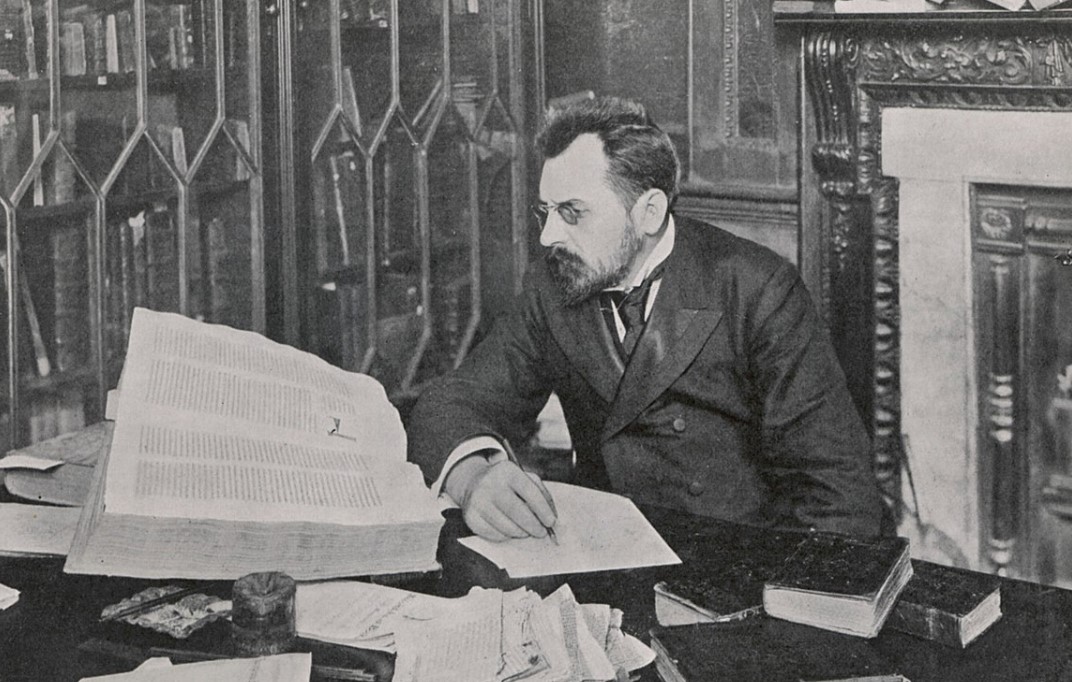 Unknown Author, Wikimedia Commons
Unknown Author, Wikimedia Commons
The Changeling Case
In 1928, a single mother named Christine Collins reported her son Walter as missing to the LAPD. Five month later, they found him—or so they thought. When the officers brought Walter home to Christine, she should’ve been overjoyed, but instead, she only felt dread.
The Changeling Case: The Backlash
Collins told the LAPD unequivocally that the boy they’d brought to her was not her son. They told her that she was a bad mother and even had her committed. Eventually, the detective in charge spoke to the boy again, who confessed to being a runaway from Iowa. But why had they been so quick to shuffle the case off?
 Imagine Entertainment, Changeling (2008)
Imagine Entertainment, Changeling (2008)
The Changeling Case: The Aftermath
It took ten whole days for the hospital to release Christine Collins after the runaway confessed that he wasn’t Walter, and that he only said so to get to Hollywood. Collins filed a civil suit against the lead investigator, who lost the case—and never paid her. But Walter was still gone.
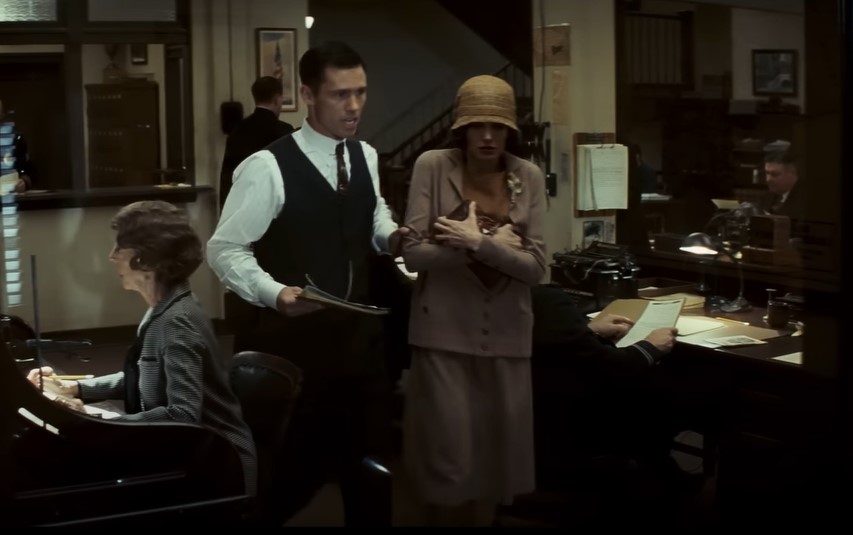 Imagine Entertainment, Changeling (2008)
Imagine Entertainment, Changeling (2008)
The Changeling Case: The Suspect
Eventually, suspicions fell on a notorious criminal who was being prosecuted for similar crimes—but there was no physical evidence that he’d had anything to do with Walter’s disappearance. Though the man’s mother claimed she was involved, her son said he was innocent.
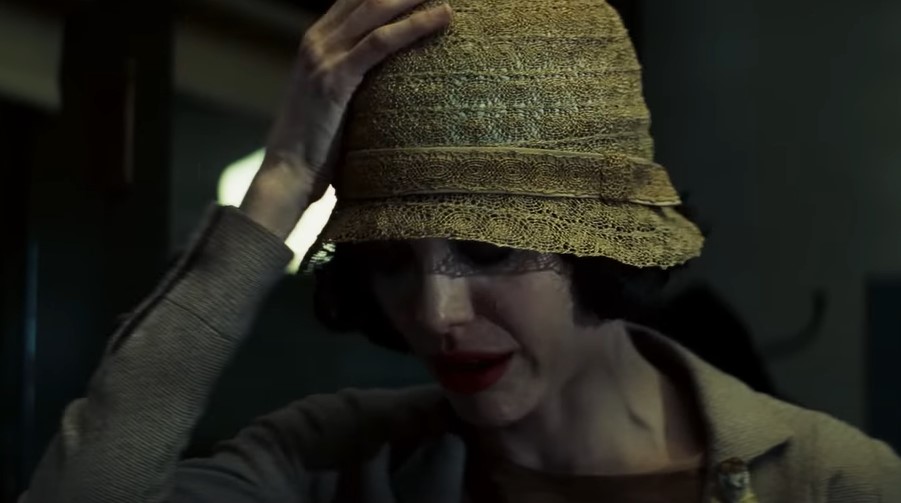 Imagine Entertainment, Changeling (2008)
Imagine Entertainment, Changeling (2008)
The Changeling Case: The Mystery
Christine Collins spent the rest of her life looking for Walter to no avail—and questioning why the LAPD had tried to cover it up. Later, the case was covered in the 2008 film Changeling, starring Angelina Jolie.
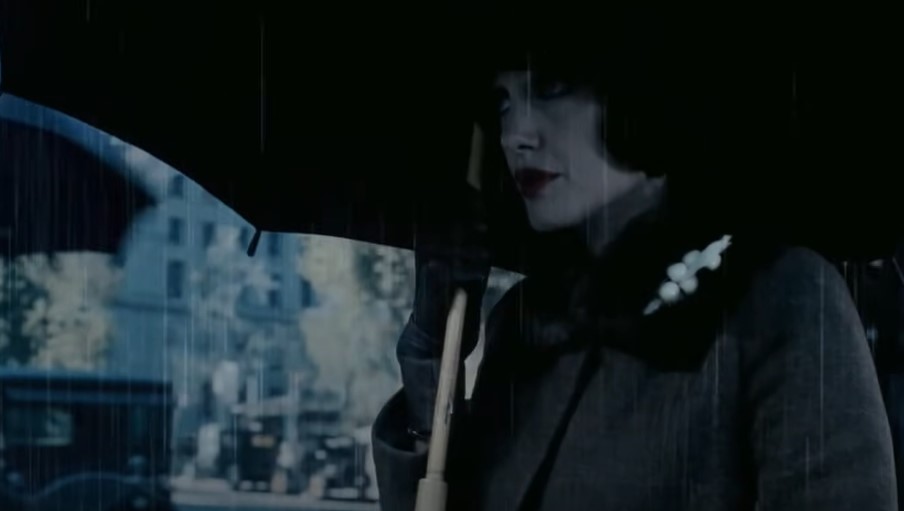 Imagine Entertainment, Changeling (2008)
Imagine Entertainment, Changeling (2008)
The Flannan Isles Lighthouse Keepers
In 1900, a relief lighthouse keeper arrived at the Flannan Isles Lighthouse off the coast of Scotland. He was there to take over for the three full-time lighthouse keepers who lived there: Thomas Marshall, James Ducat, and Donald MacArthur. But when he arrived, no one was there.
 Chris Downer, CC BY-SA 2.0, Wikimedia Commons
Chris Downer, CC BY-SA 2.0, Wikimedia Commons
The Flannan Isles Lighthouse Disappearance
Aside from an overturned chair in the living quarters, there was no evidence of what had happened to the three lighthouse keepers, and they were never found. Many people speculated that spies, aliens, or even a ghost ship was responsible—but to this day, there’s no indication of what really happened there.
 Chris Downer, CC BY-SA 2.0 , Wikimedia Commons
Chris Downer, CC BY-SA 2.0 , Wikimedia Commons
The Big Grey Man
We’ve all heard of Bigfoot and the Yeti, but Scotland’s Ben Macqui peak has its own mysterious cryptid: the Big Grey Man. But unlike those creatures, the Big Grey Man boasts an appearance that can’t be explained away by large animal sightings.
 Graham Lewis, CC BY 2.0, Wikimedia Commons
Graham Lewis, CC BY 2.0, Wikimedia Commons
The Big Grey Man’s Appearance
The Big Grey Man appears to be just that—a human-like male standing over 10 feet tall with short hair and long arms. Witnesses who claim to have seen him say that they can hear the gravel crunching under his feet when he walks. Sightings are few and far between—as are any scientific explanations for what exactly people are seeing when they claim to see the Big Grey Man.
The Circleville Letters
In 1976, the town of Circleville, Ohio, found itself at the center of a particularly bizarre mytery. Letters began appearing, posted from Columbus, in people’s mailboxes, telling of an affair between the school bus driver and the school’s superintendant. But who was sending them?
 Analogue Kid, CC BY-SA 3.0 , Wikimedia Commons
Analogue Kid, CC BY-SA 3.0 , Wikimedia Commons
The Circleville Letters: The Escalation
At first, they seemed innocent enough—neighborhood gossip gone awry. Then the letters became threatening—and the threats turned into real-life catastrophe when the bus driver’s husband Ron perished mysteriously in a car crash, though witnesses claimed they’d heard shots fired.
The Circleville Letters: The Suspect
Eventually, suspicion fell on Ron’s sister’s husband, Paul Freshour. Authorities convicted him of writing the letters and of threatening Ron’s wife. Yet somehow, the letters continued even when Freshour was locked up—had they collared the wrong man?
The Circleville Letters: The Enduring Mystery
Though Freshour was eventually released and maintains his innocence, many still believe it was him. Either way, the true identity of the writer of the Circleville Letters—and the explanation of what really happened to Ron on his final day—remains a mystery.
 Showtime Networks, The Tudors (2007–2010)
Showtime Networks, The Tudors (2007–2010)
The Tunguska Event
If a tree falls in the forest, does anybody hear? What about if the whole forest falls? That’s the question that foregrounds the mystery of the Tunguska Event, which occurred in the Siberian forests of Russia in 1908.
 Leonid Kulik, Wikimedia Commons
Leonid Kulik, Wikimedia Commons
The Tunguska Event: The Forest
One morning in 1908, 770 square miles of Siberian forest were simply flattened, which no apparent explanation why. Despite the size of the area—and the fact that it looked like an explosion had hit—no one had witnessed what had happened or could report any strange noises.
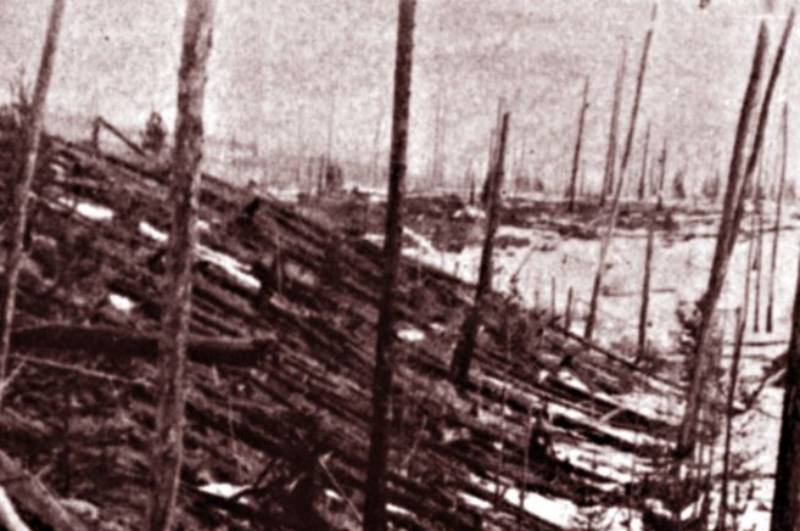 Universal History Archive, Getty Images
Universal History Archive, Getty Images
The Tunguska Event: The Impact
Though scientists classified it as an “impact event,” which means that two astronomical objects met, there was no crater to indicate a primary point of contact. They can only speculate that an asteroid exploded over Earth, creating the flattened forest—despite the fact that they can’t say for sure that was in fact what happened.
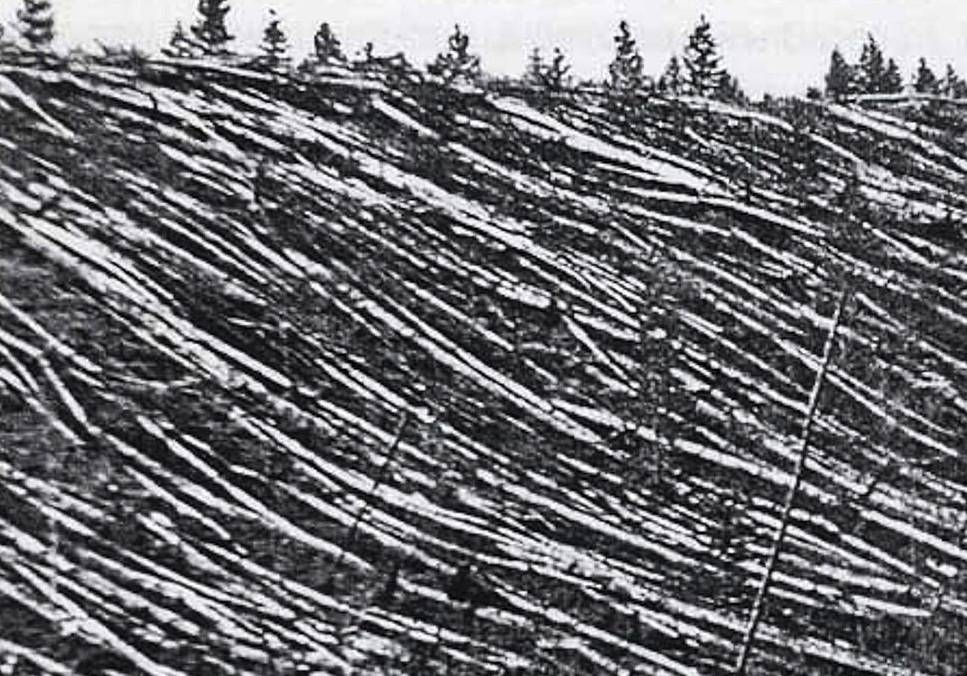 Universal History Archive, Getty Images
Universal History Archive, Getty Images
The Phoenix Lights
UFO sightings are no rare occurrence in the US—but rarely are they corroborated between more than a handful of people for each one. The same can’t be said for what happened in Arizona in 1997.
 Merikanto, CC BY-SA 4.0, Wikimedia Commons
Merikanto, CC BY-SA 4.0, Wikimedia Commons
The Phoenix Lights: The Calls Come In
On the evening of March 13, 1997, an avalanche of calls came in to the National UFO Reporting Center, all by people claiming to have seen a group of five lights in a V formation in the skies above Paulden, AZ. And they weren’t just regular people: military, law enforcement authorities, and pilots all claimed to have seen them.
 Chris English, CC BY-SA 3.0, Wikimedia Commons
Chris English, CC BY-SA 3.0, Wikimedia Commons
The Phoenix Lights: The Journey
All in all, over 700 people claimed to have seen the light formation that night, making it one of the most widely-reported UFO sightings in history. Over the course of the evenings, the calls moved from Paulden to Phoenix, some two hours away. Some even said the lights clearly belonged to a craft.
 History Channel, The UnXplained (TV Series 2019)
History Channel, The UnXplained (TV Series 2019)
The Phoenix Lights: Government Denies Knowledge
Despite all the reports, the Phoenix Lights were not met with a massive investigation. Instead, a Phoenix city councilwoman began to gather evidence about the incident herself. She spoke to over 700 witnesses in the end—and they all had the same story: A) That they’d seen mysterious lights, and, perhaps even more mysteriously, B) the government hadn’t tried to speak to a single witness.

